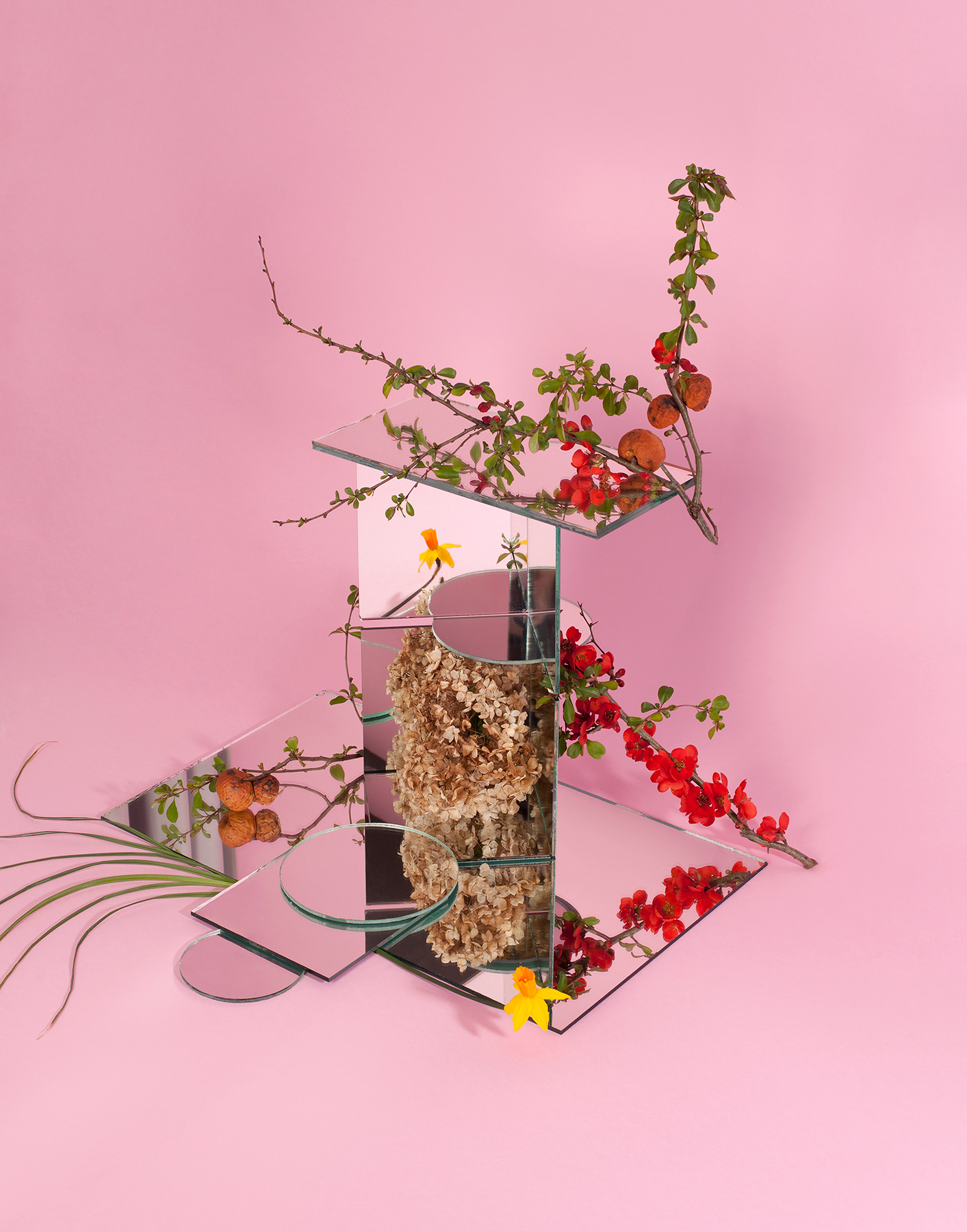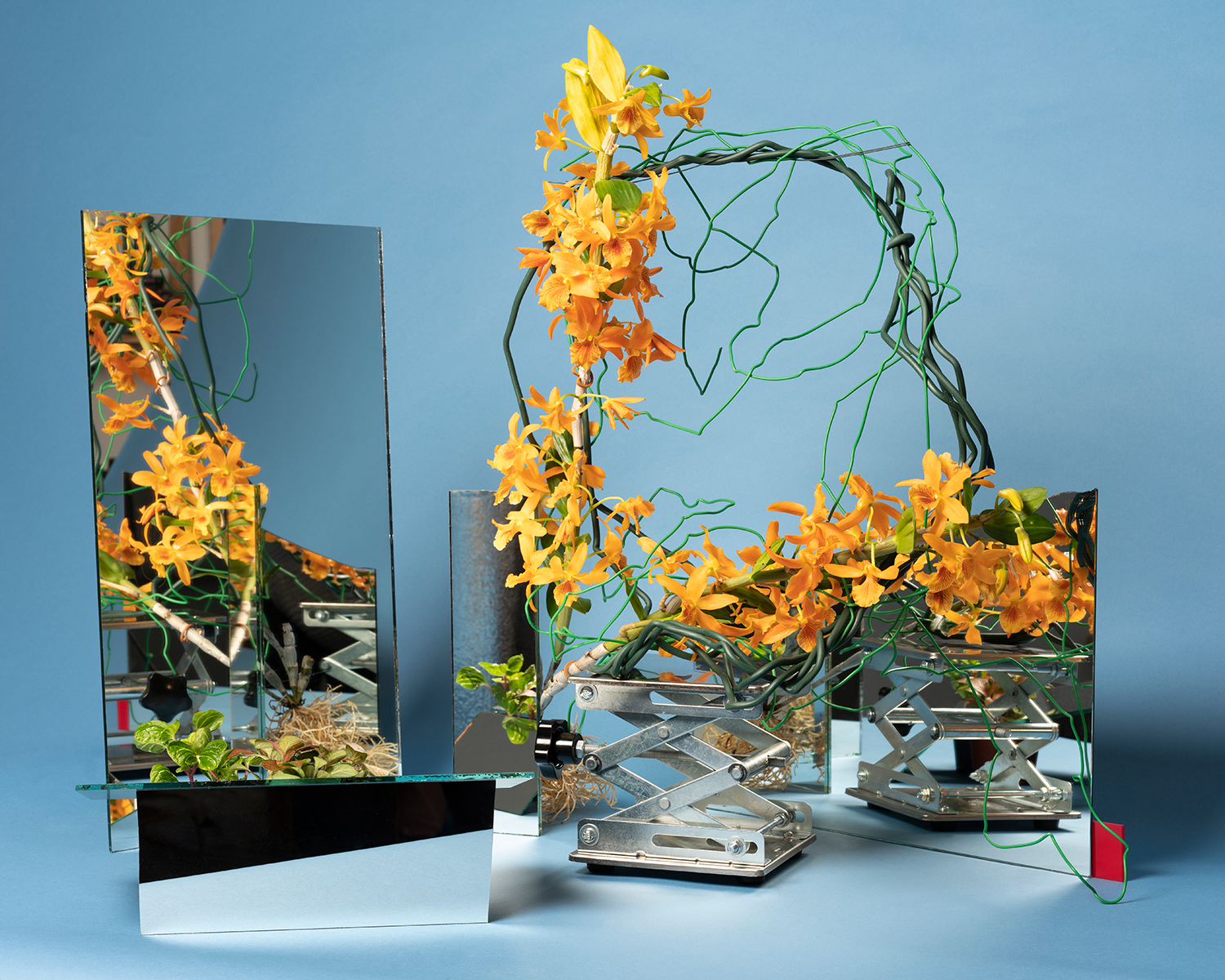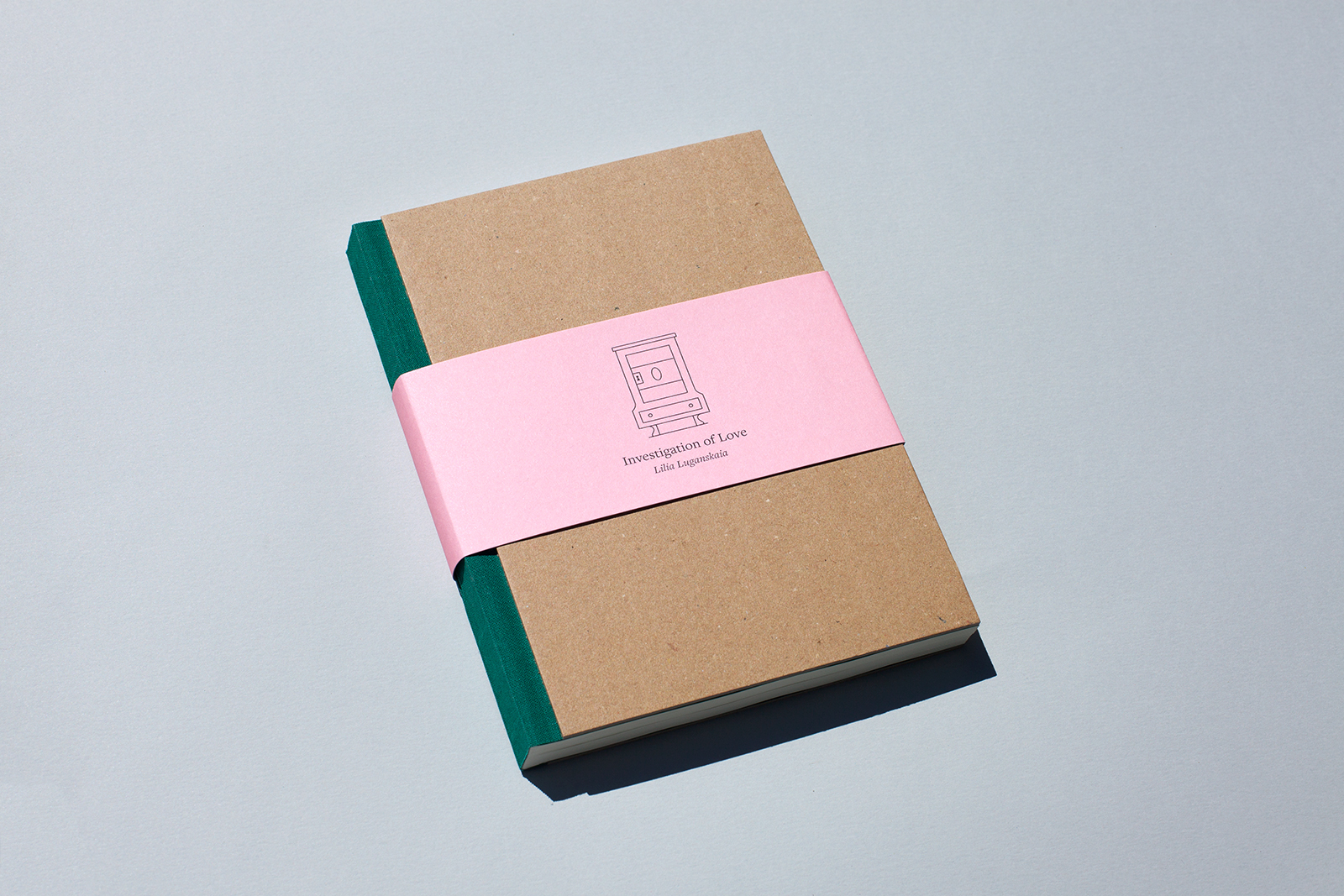Hortus
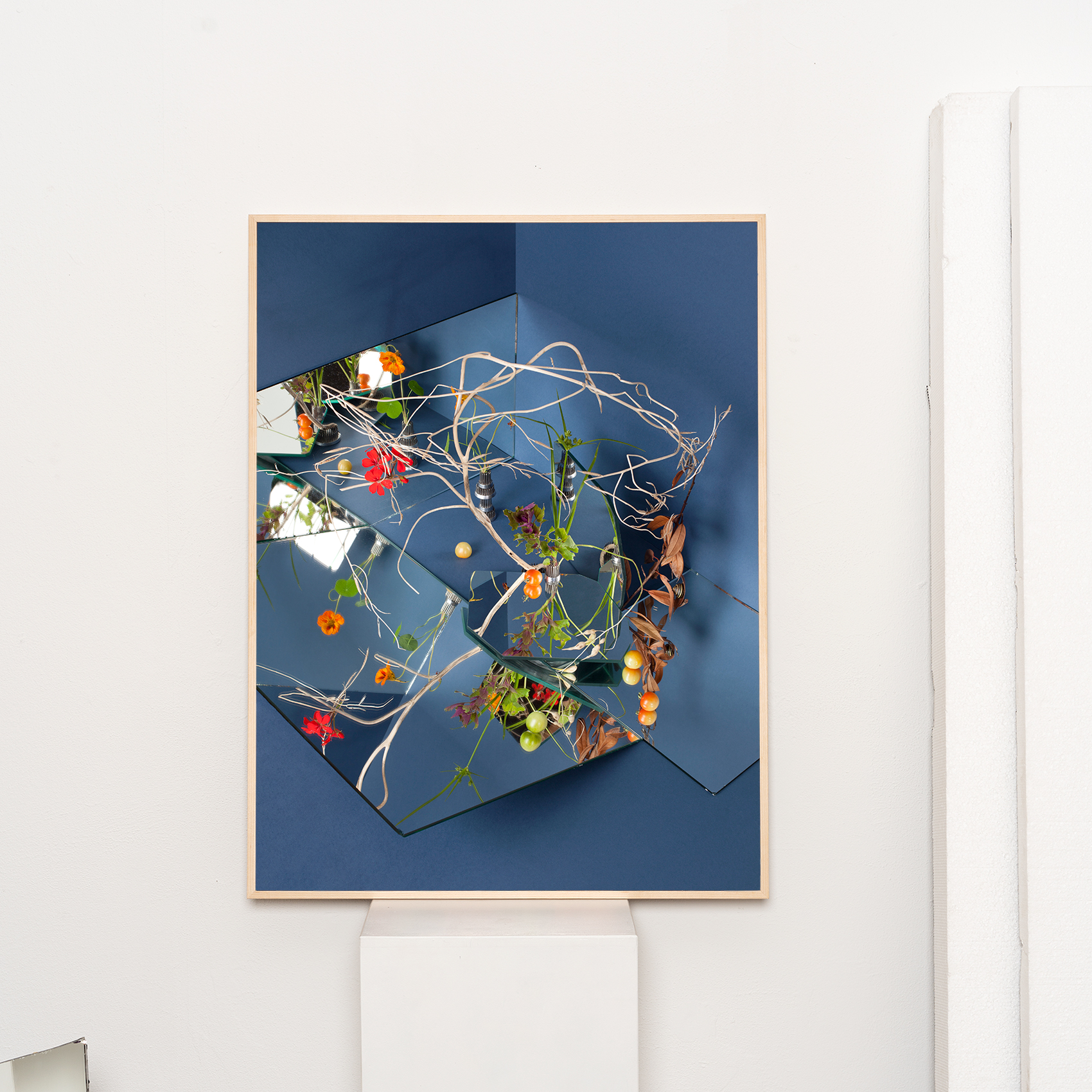

Knowing there is no failure, 2018
Giclée print, 84 × 59.4 cm, edition of 2/7 + 2AP
The Hortus project is an open investigation into the nature of seemingly common objects through ‘Floriography’, urban gardens, and the history of female rights. The Hortus was inspired by urban gardens in West Amsterdam and created with its plants. The ‘Hortus’ is referring to the multifaceted roles of flowers discovered with Floriography, cryptological communication through the use or arrangement of flowers.
Hortus departs from the 19th-century Victorian sentimental book “Language of Flowers” by Kate Greenway, in which botanical notes, illustrations and the vocabulary of flowers became ways of interpreting symbolism and creating a covert means of communication in both courtship and broader life.
The exploration of my immediate surroundings through plants is paralleled with exploration in general. I searched for the meanings of the found flora in the multilayered connotations of flowers and their 19th-century symbolism. In the “Language of Flowers”, every ower/plant is given a symbolic meaning. Using those meanings I translated my flower still lifes into poetry. According to the book, Barberry means “Sourness of temper”, Hydrangea is “Heartlessness”, Appletree is “Temptation” and Crocus means “Abuse not”.
I choose to work with mirrors because of their nature. Although a reflection seems accurate, things never appear in a mirror as they are. It’s always a distorted image. In my layered photographs, mirrors correspond to multiple meanings of known objects. I am also fascinated with the multiple social-historical roles of flowers. For example, botany was one of the first subjects women were allowed to study in universities in the 19th century. In my photographs, I construct a visual maze, which provides various visual possibilities. As history provides several perspectives to look at the same things.
The resulting works skate along the edges of emotion while leaving the viewer haunted by the multiplicity of the interpretations of emotive plants and their power to sway humans. In this work, I refer to the multifaceted roles of flowers in the history of humanity and the history of female rights. Sentimental Victorian flower books were used purely for entertainment and were considered talismans of gentility and femininity. Gradually pieces of botany appeared in these gentle books; later botany became an acceptable form of scientific learning for nineteenth-century women.
The project consists of 12 still lives made of seasonal Amsterdam plants throughout 12 months.
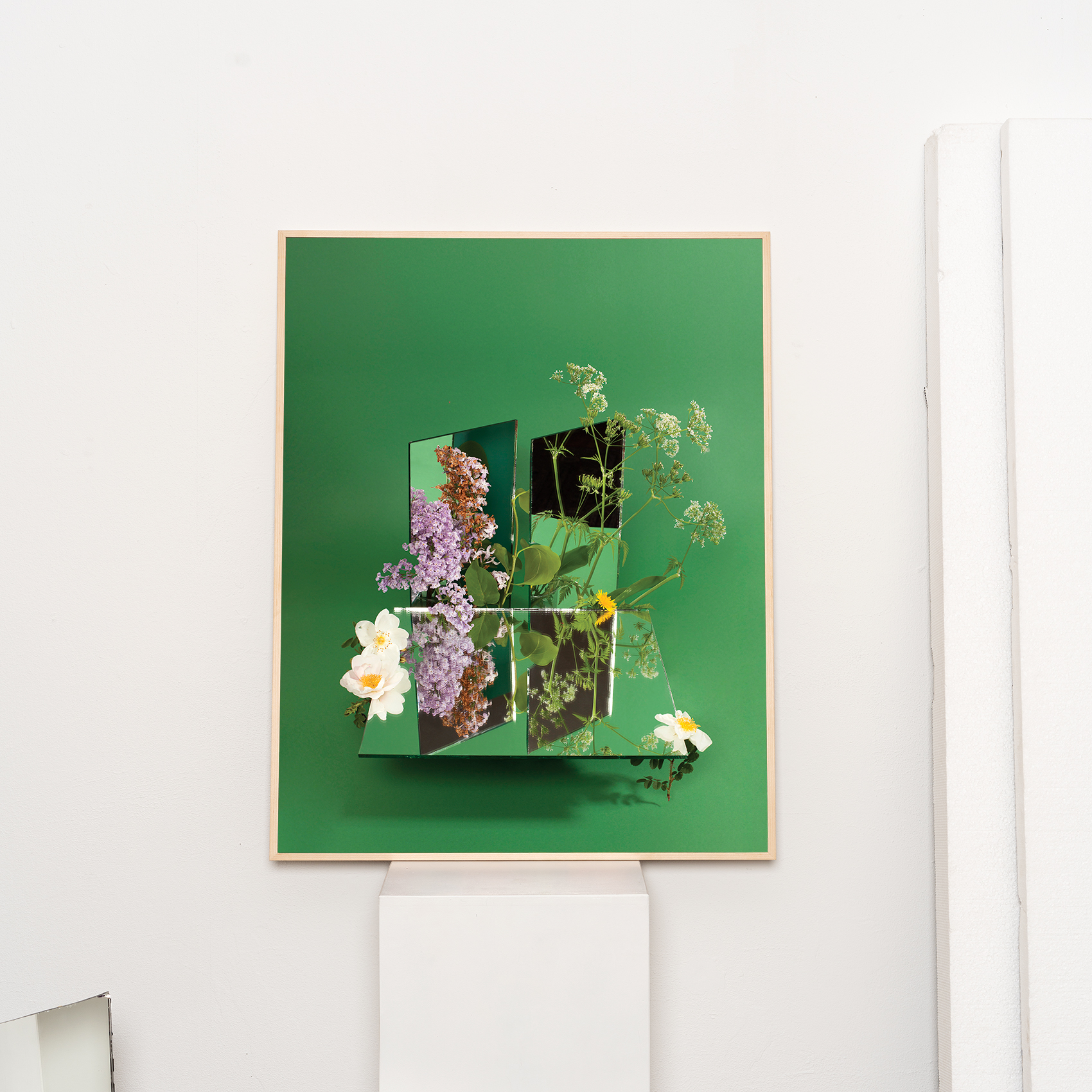

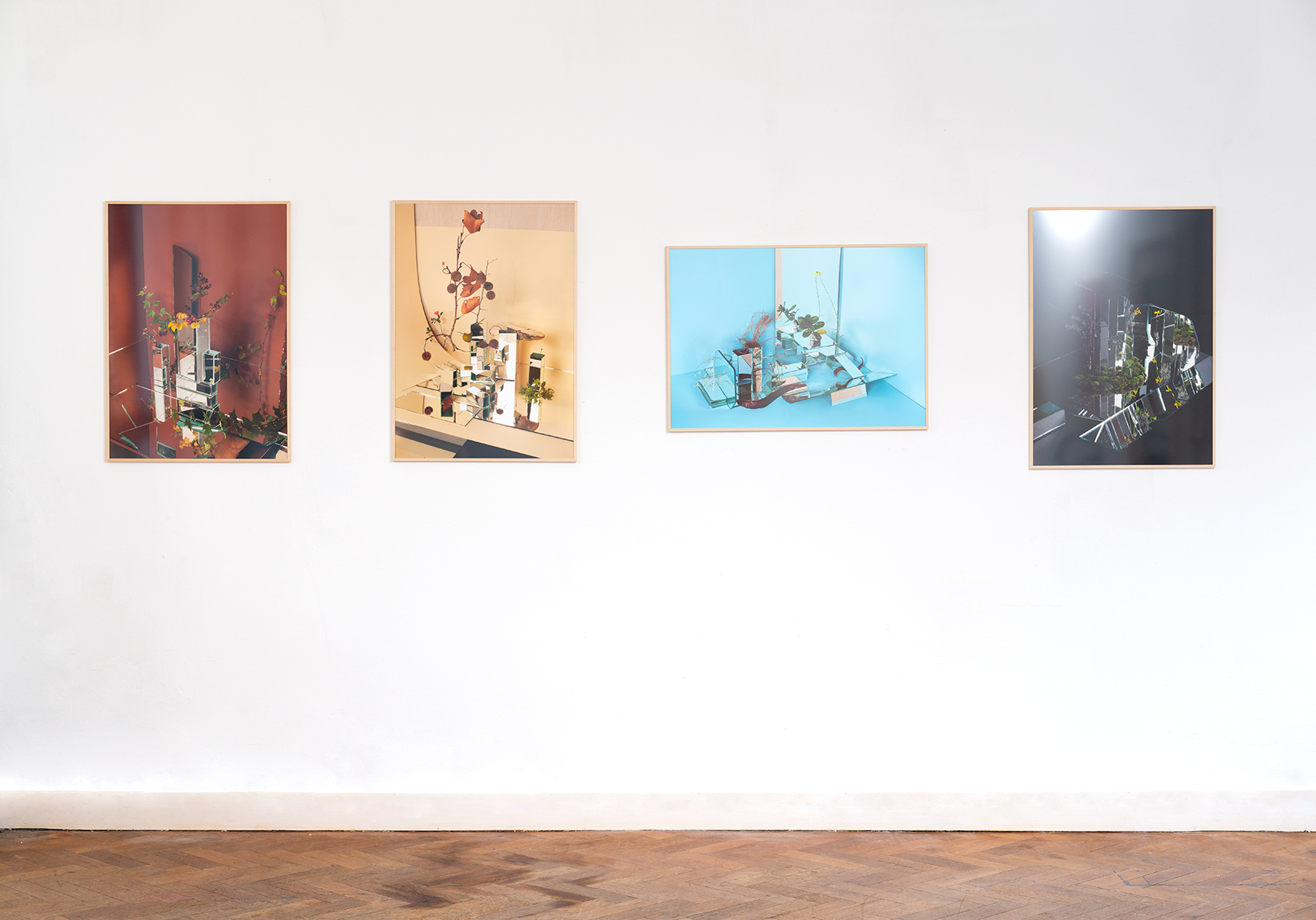

Installation view ‘Hortus’, 2020. The Studio, Amsterdam
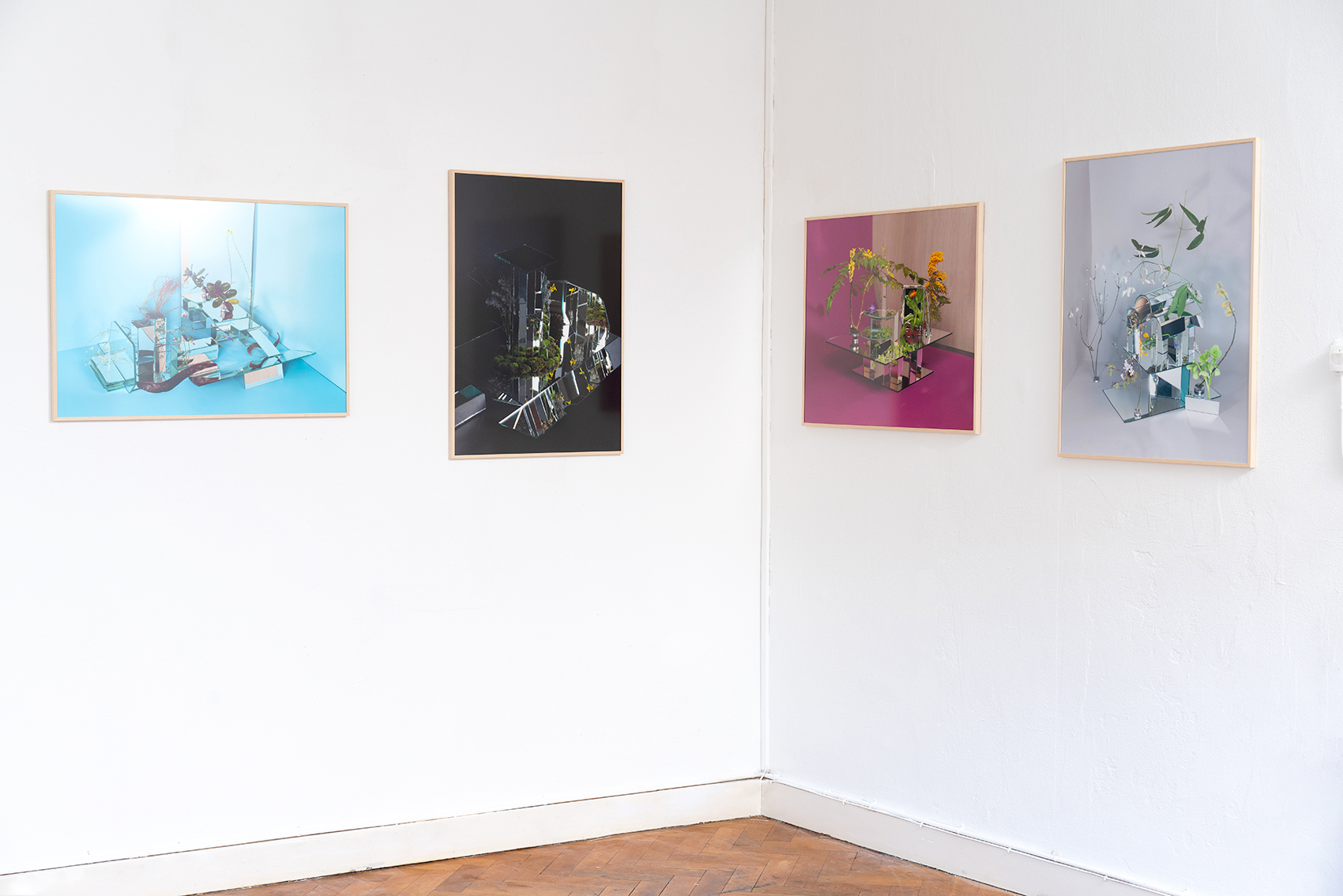

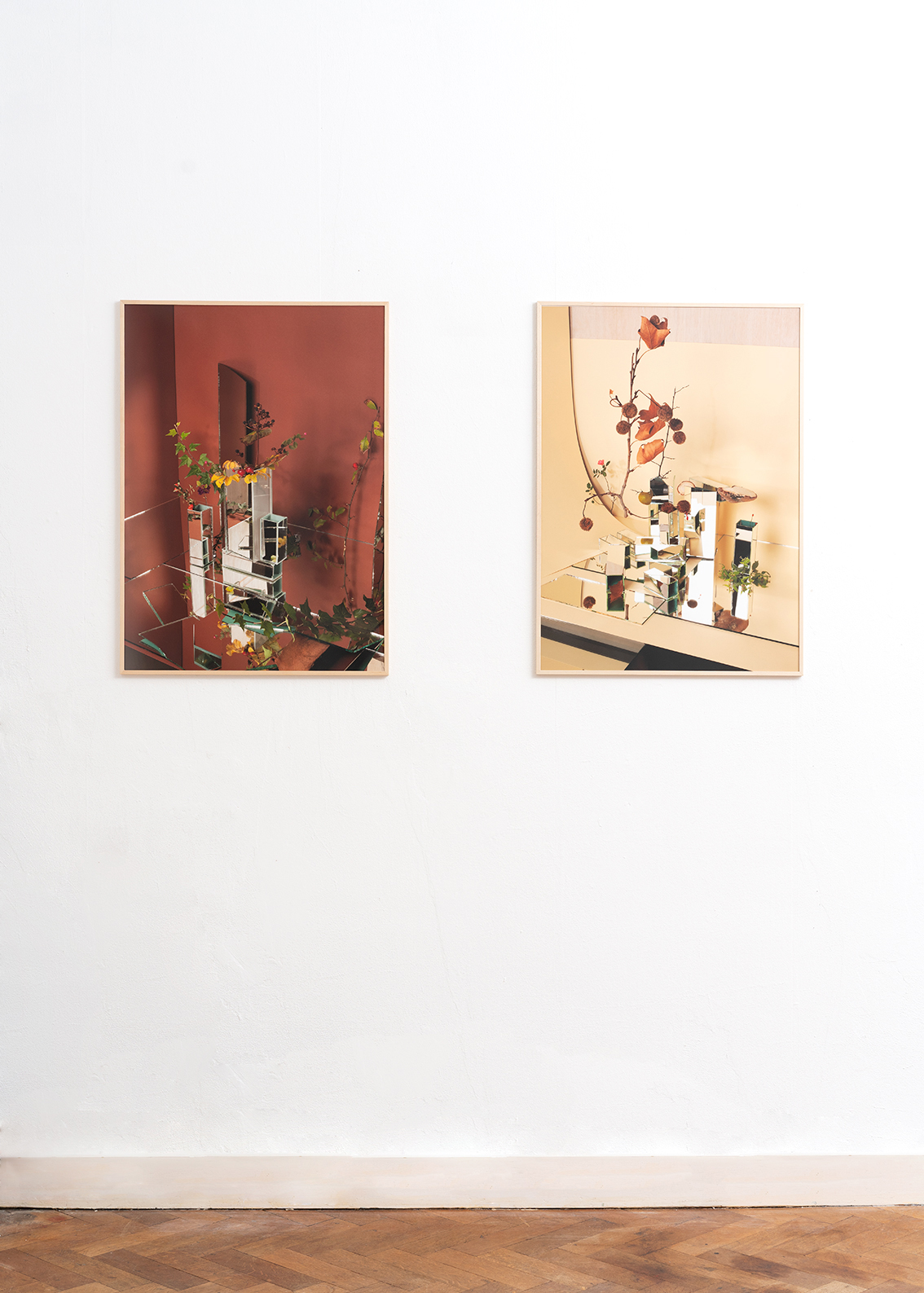

Installation view ‘Hortus’, 2020. The Studio, Amsterdam
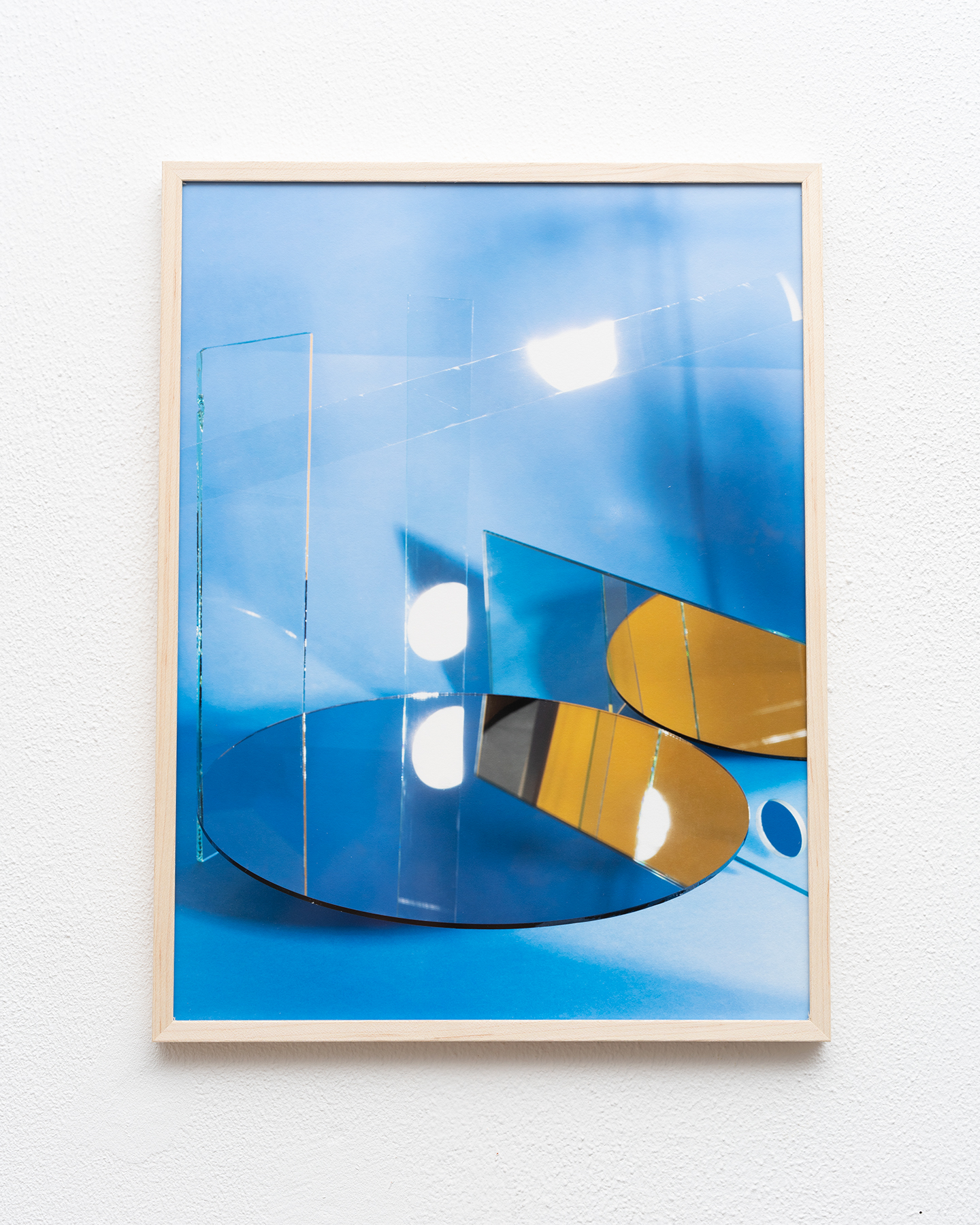

Temporary Mirror Sculptures: Blue, Hortus, This Art Fair, 2022, Amsterdam
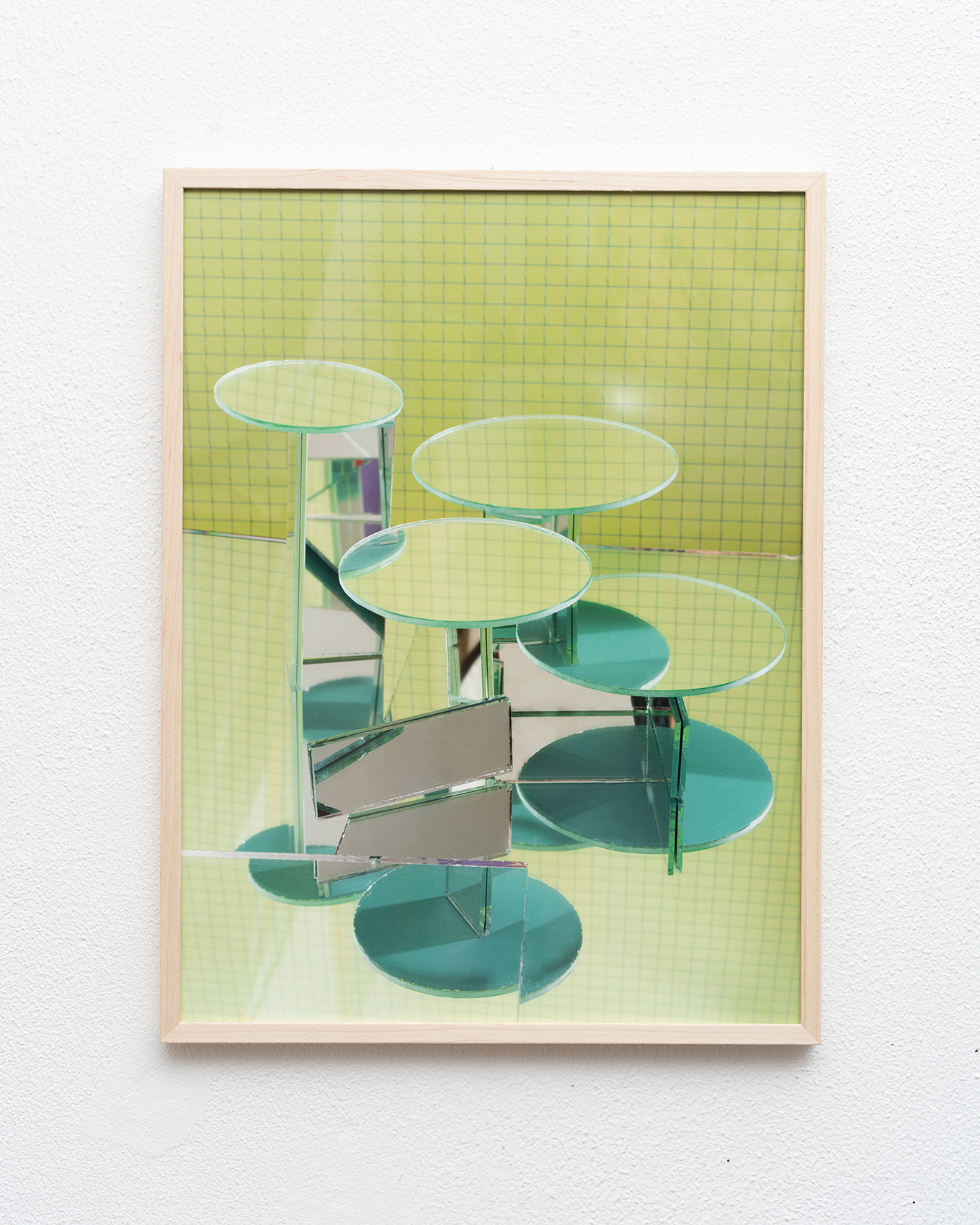

Temporary Mirror Sculptures: Green, Hortus, This Art Fair, 2022, Amsterdam
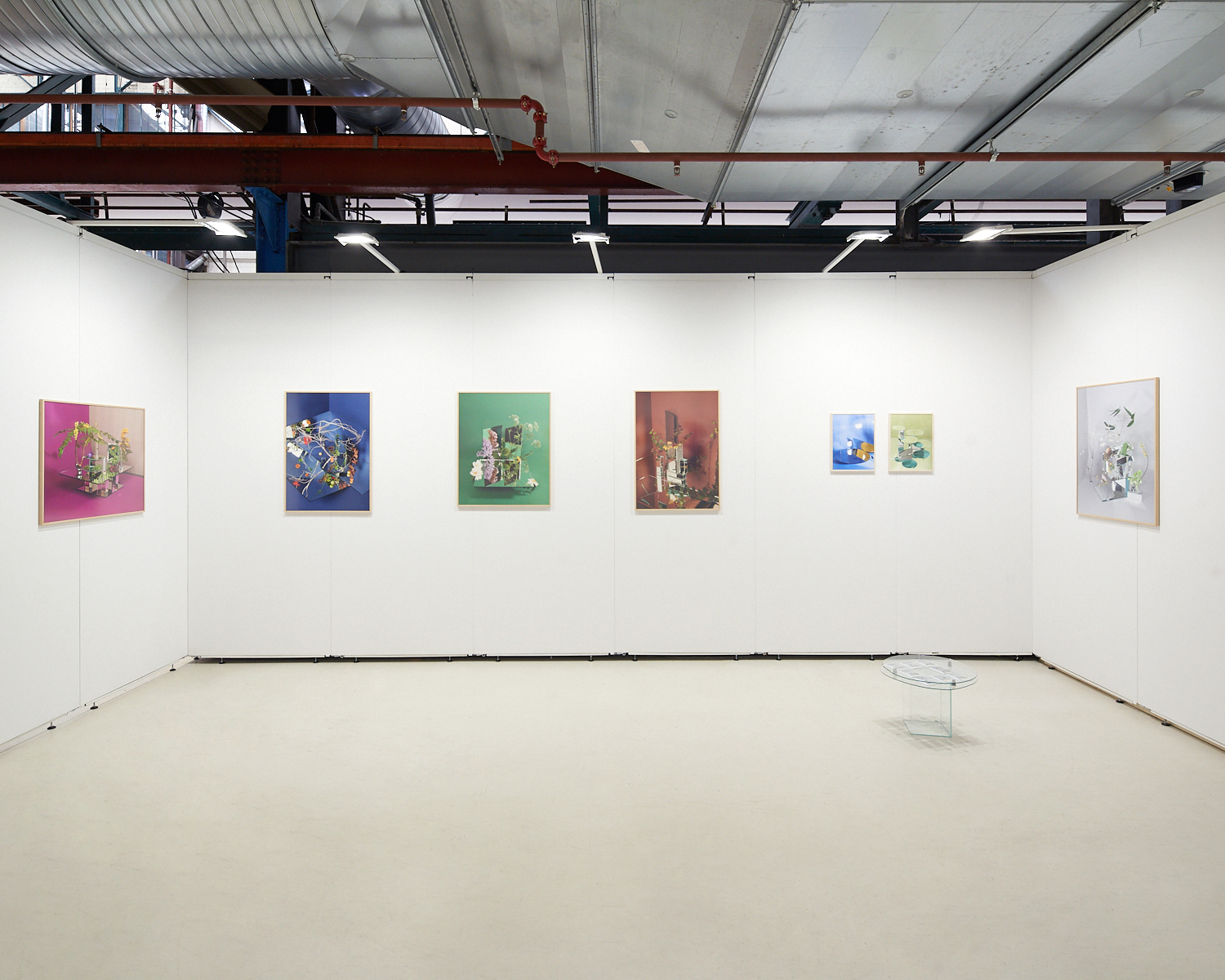

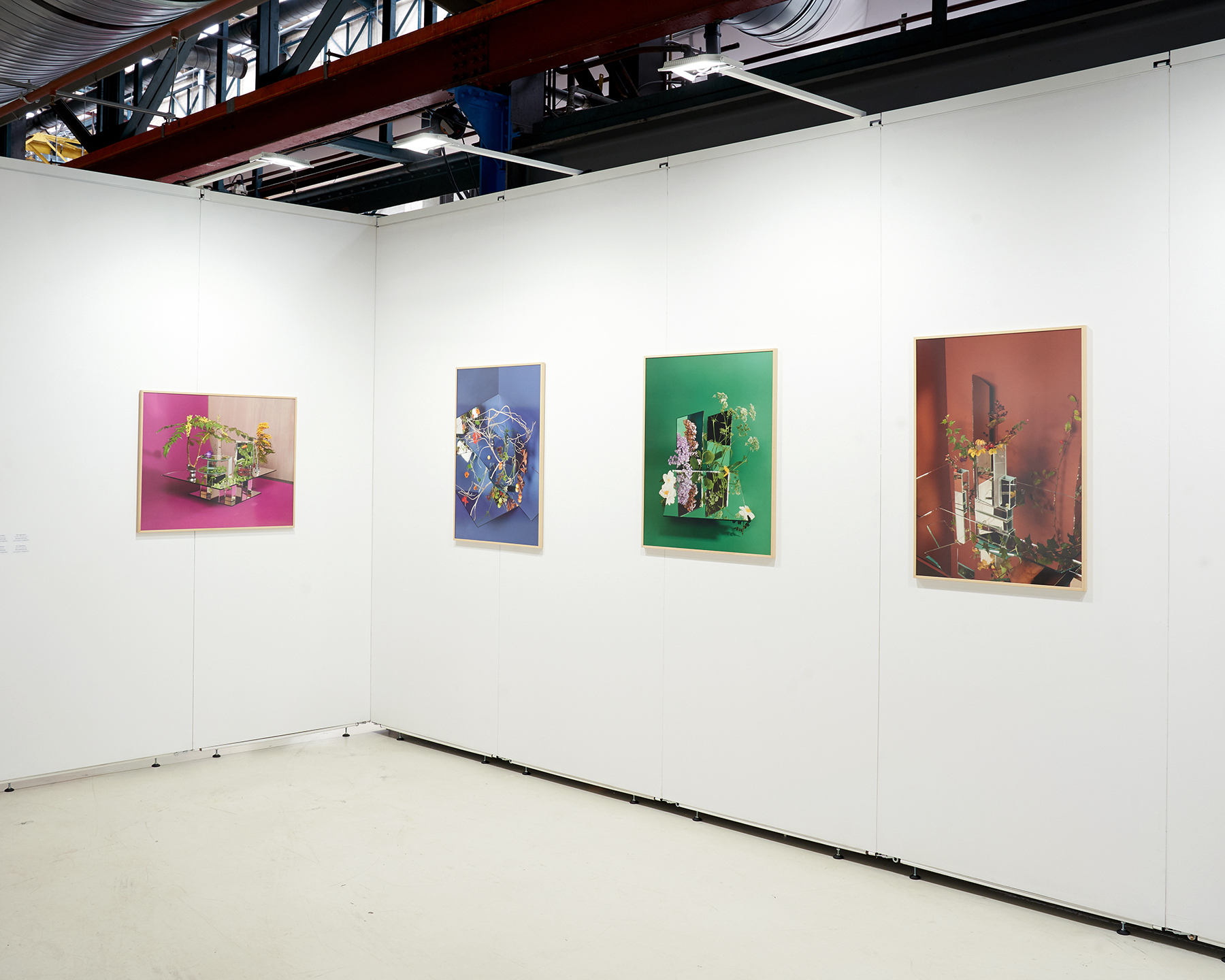

Installation view, This Art Fair, 2022, Amsterdam
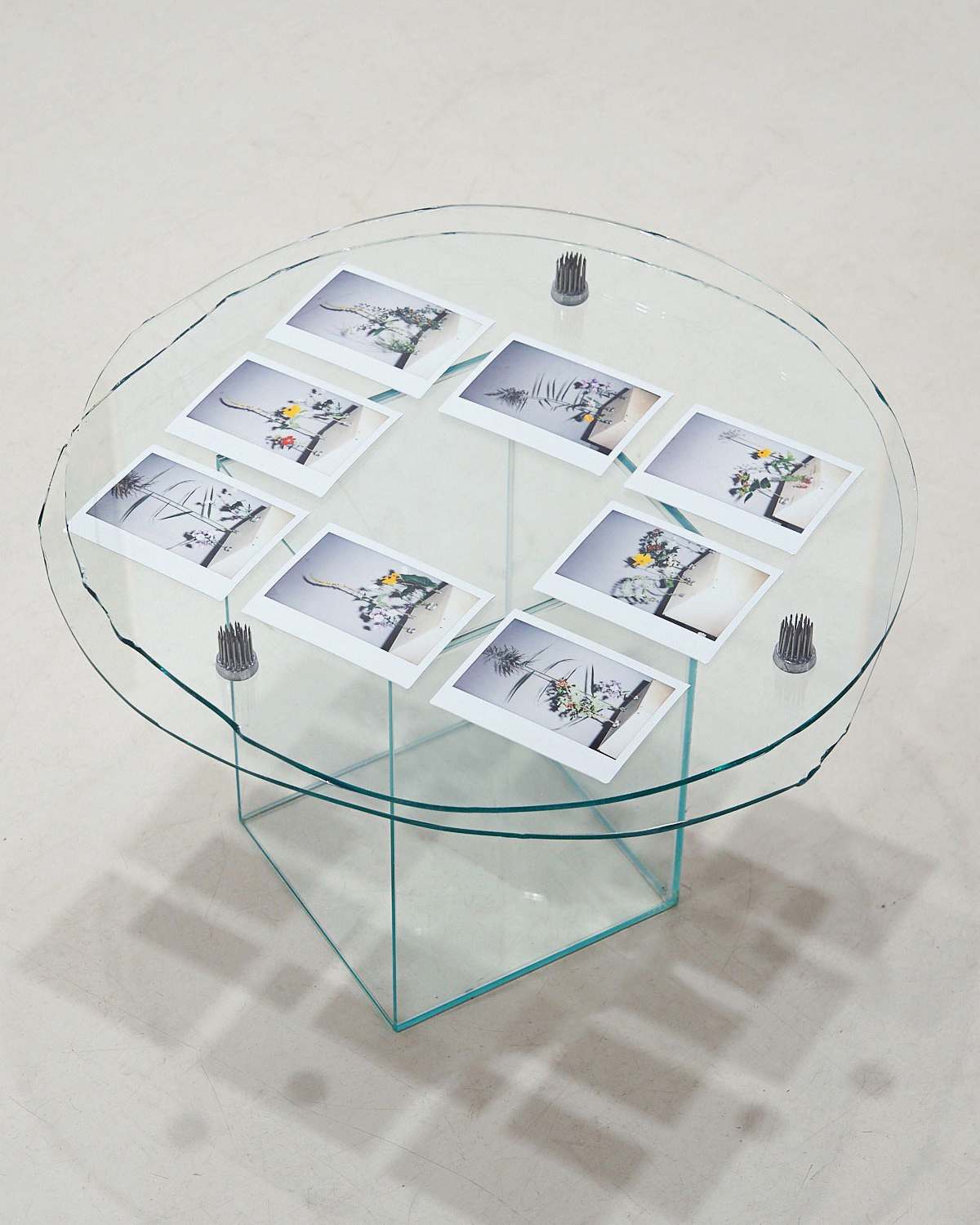

Twenty-four October Plants, Installation view, This Art Fair, 2022, Amsterdam
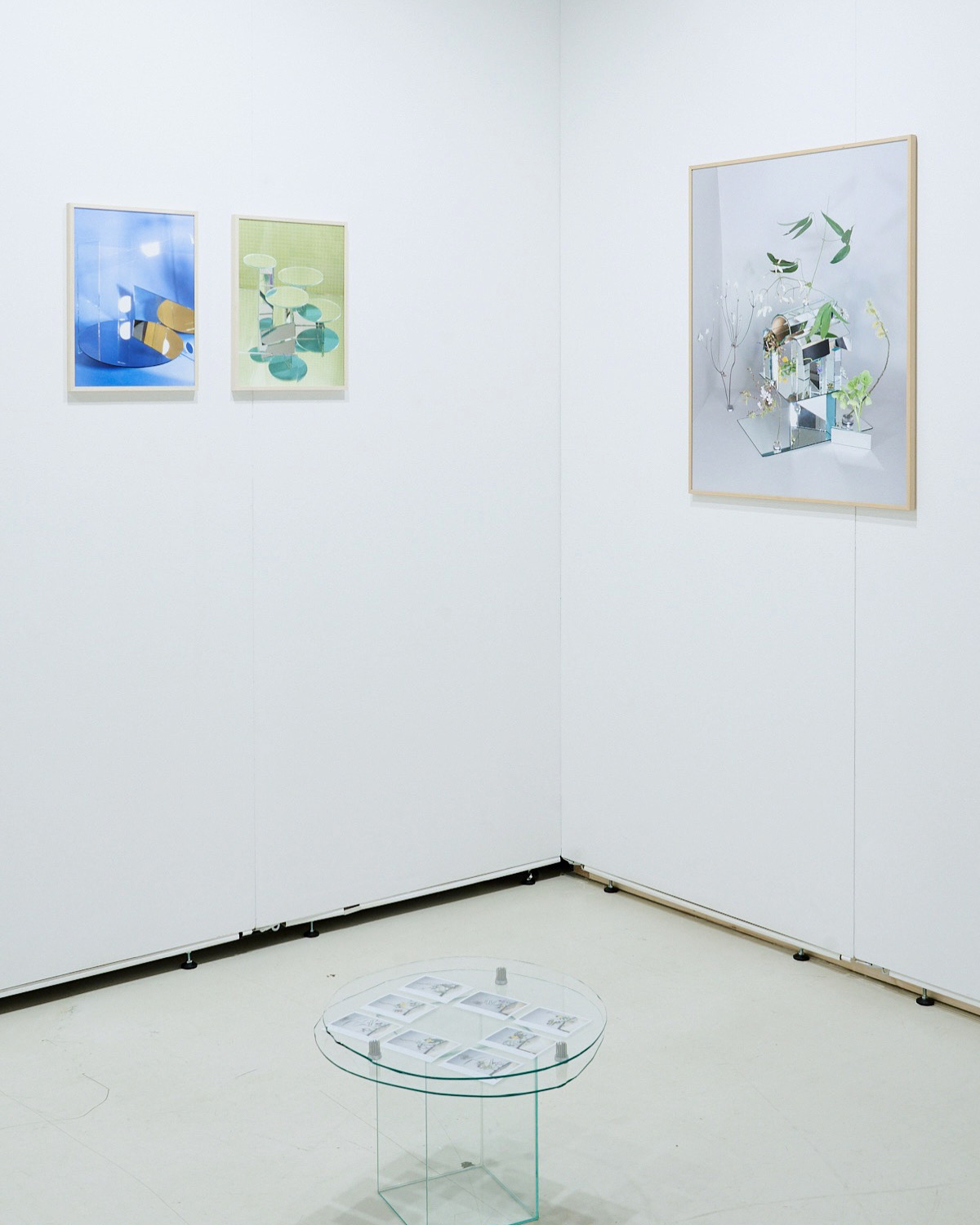

Installation view, This Art Fair, 2022, Amsterdam
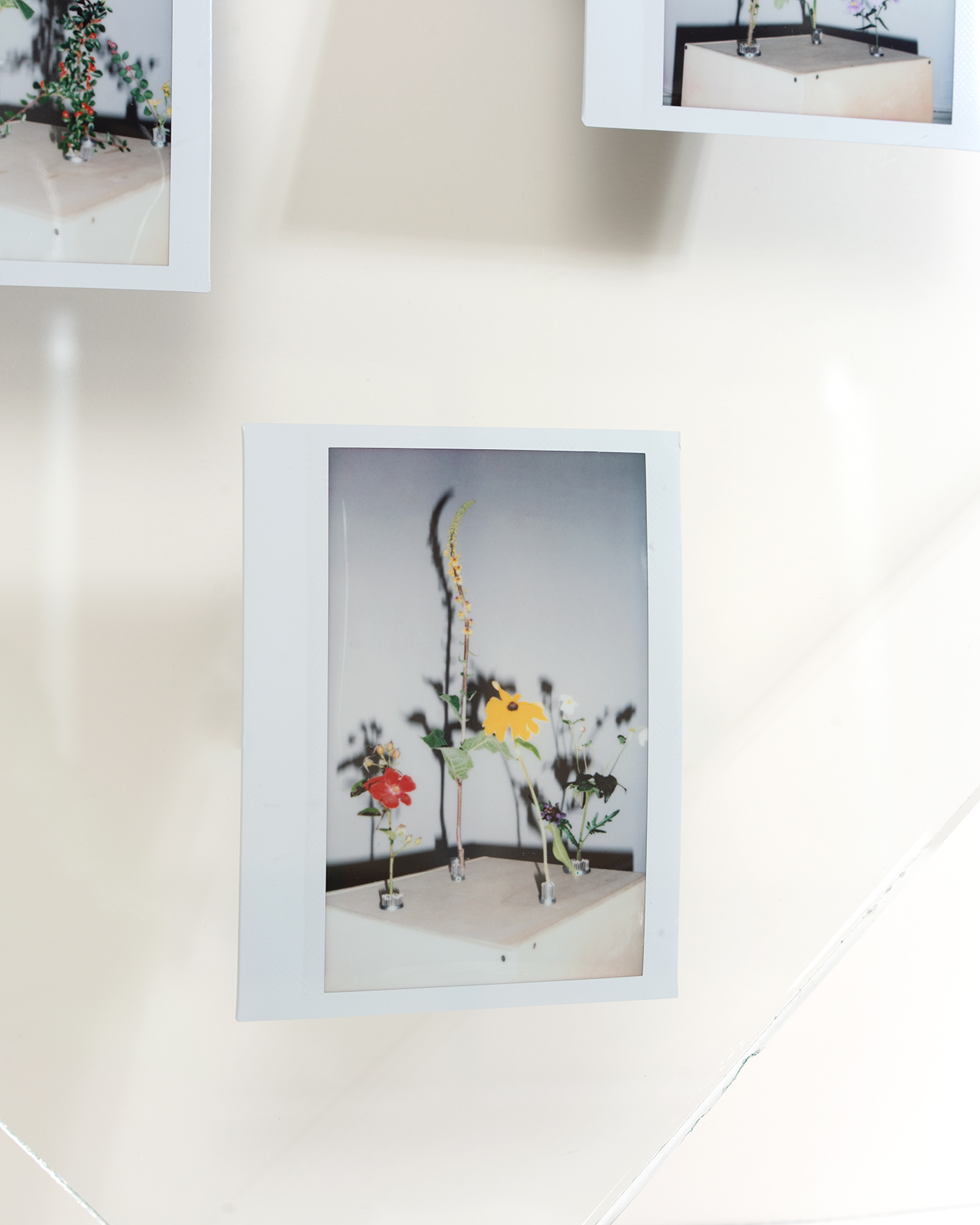

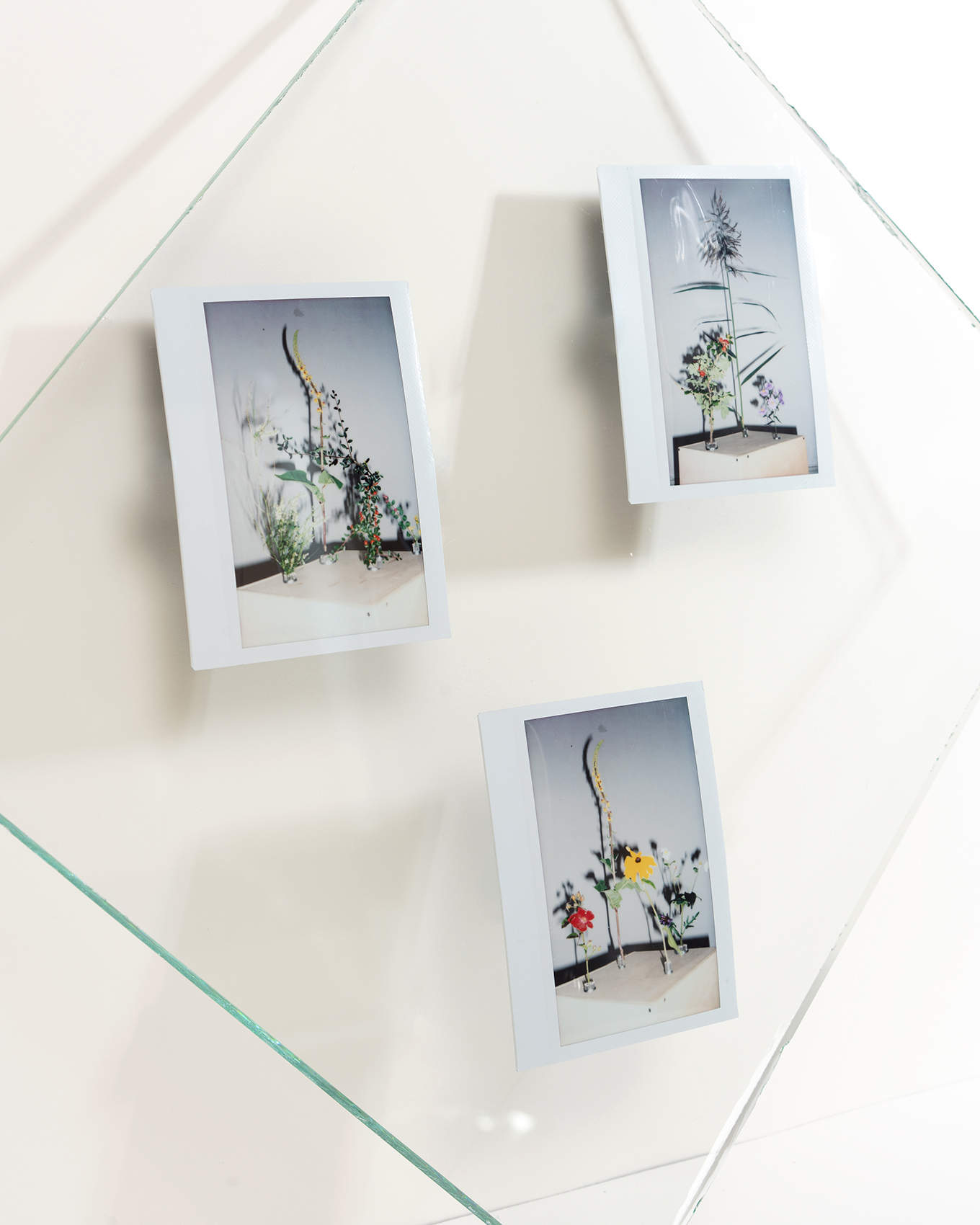

Twenty-four October Plants, Installation view, This Art Fair, 2022, Amsterdam
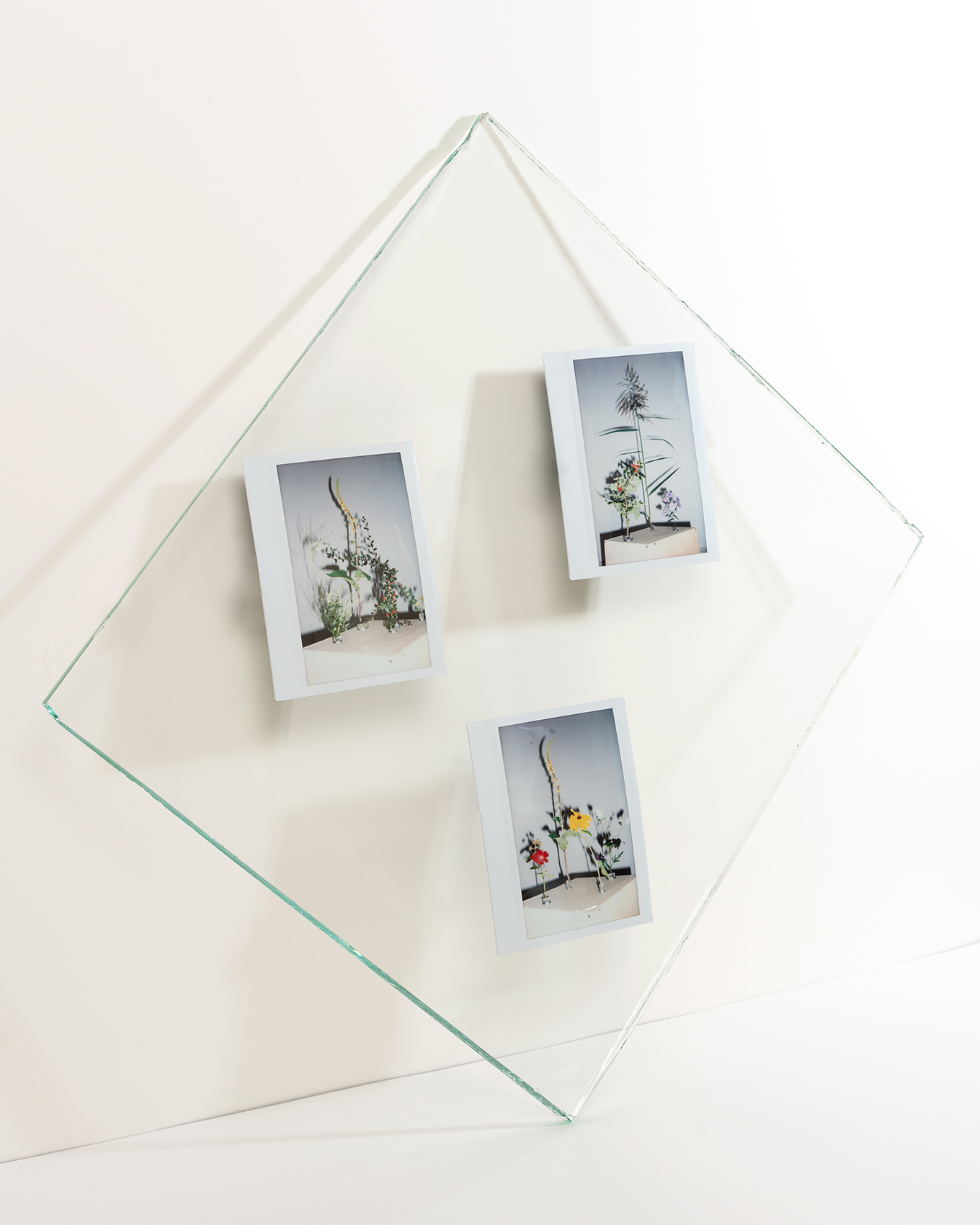

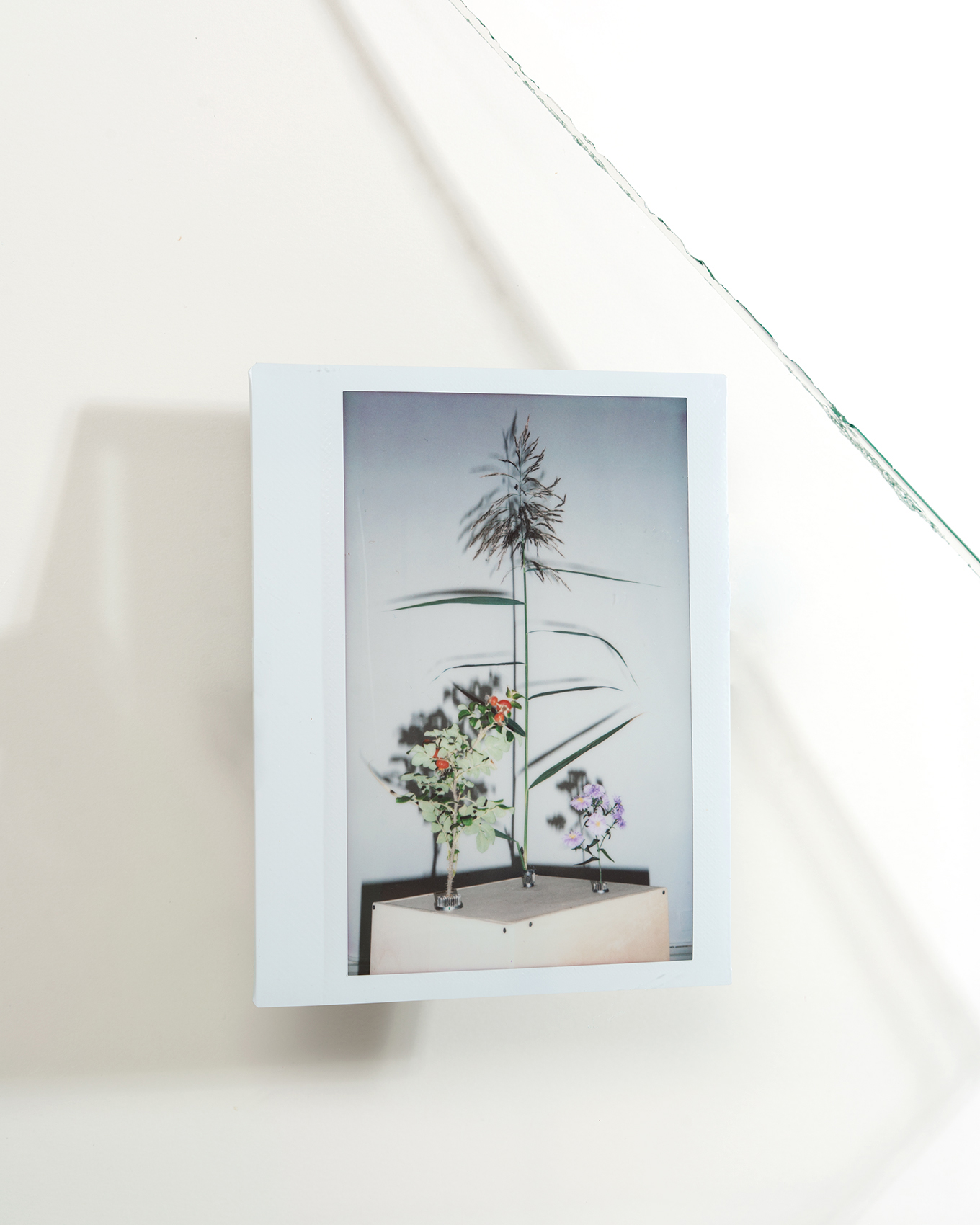

Twenty-four October Plants, Installation view, This Art Fair, 2022, Amsterdam
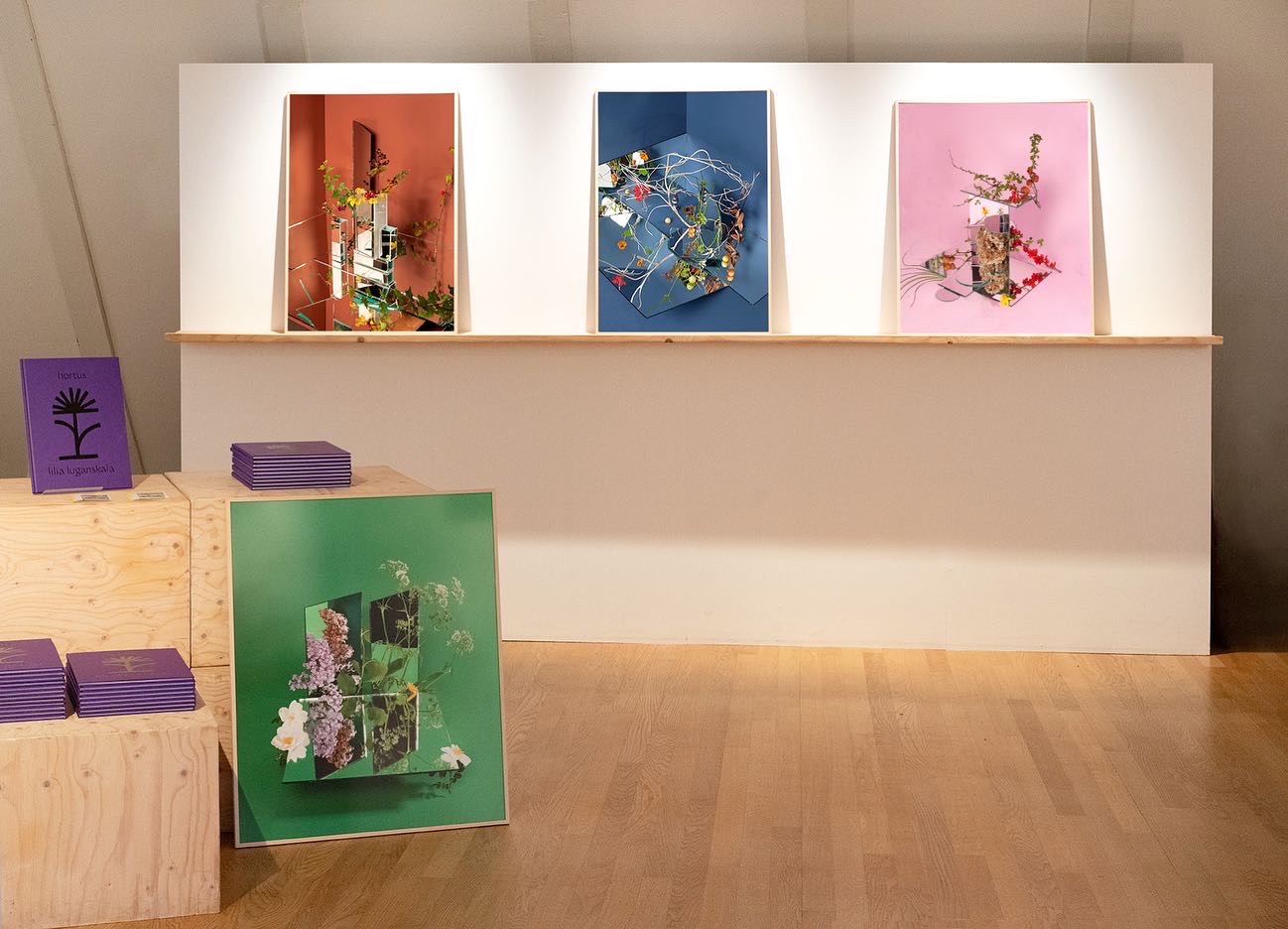

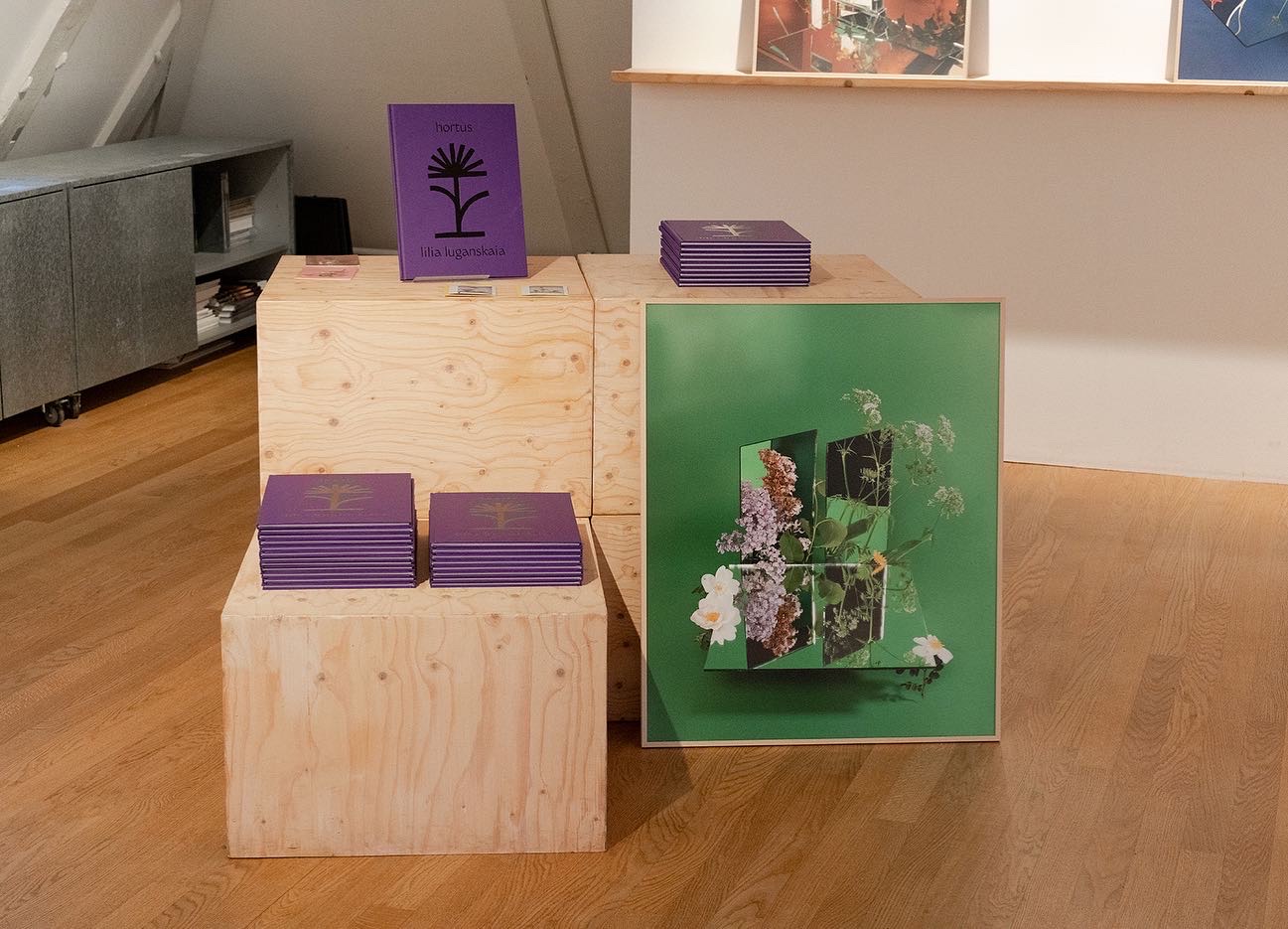

Hortus, book launch, Foam museum, 2021, Amsterdam
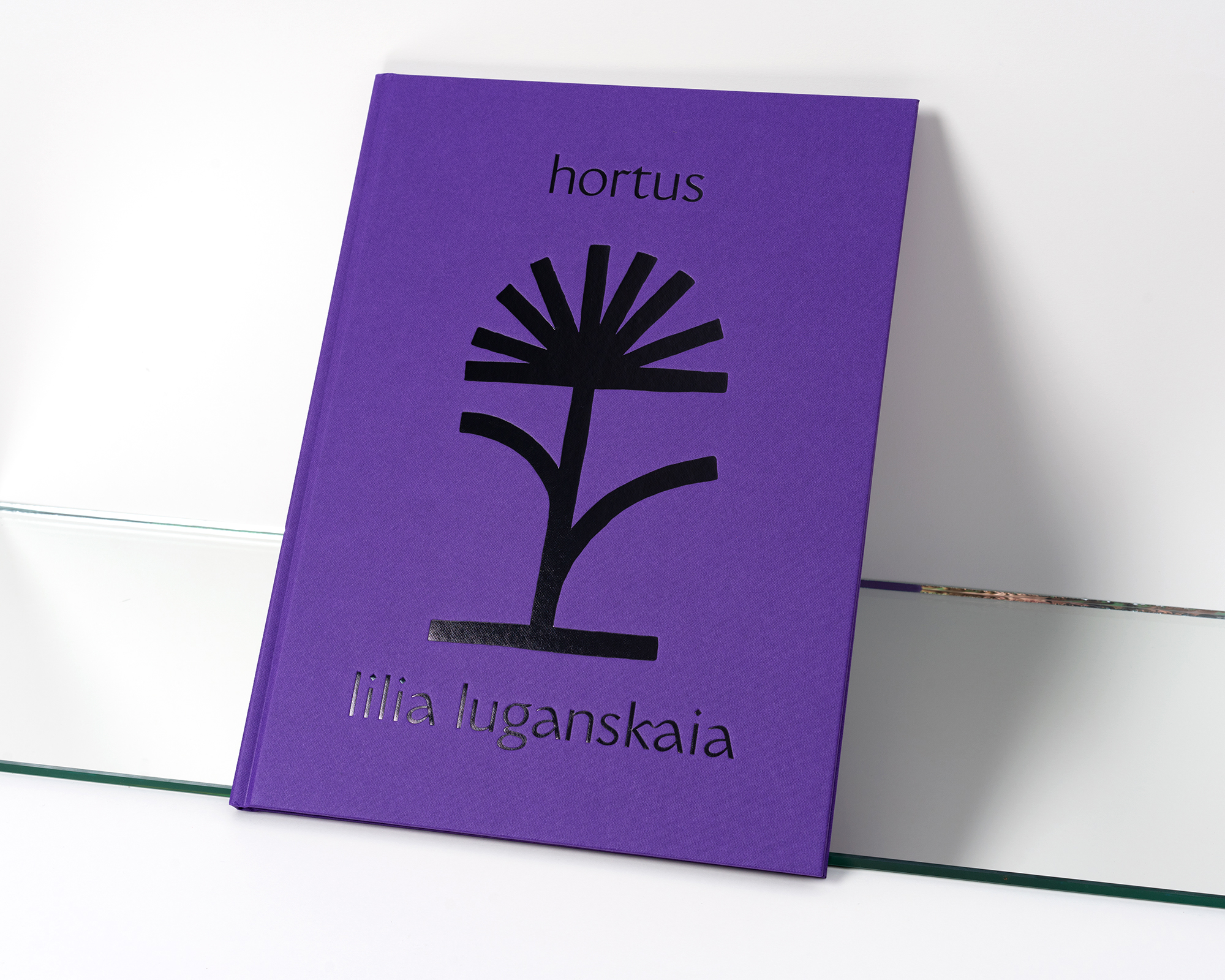

Hortus, book, 33 x 24 cm, 40 pages, Printing: Offset, hardcover, full color. Publised in Amsterdam in 2021
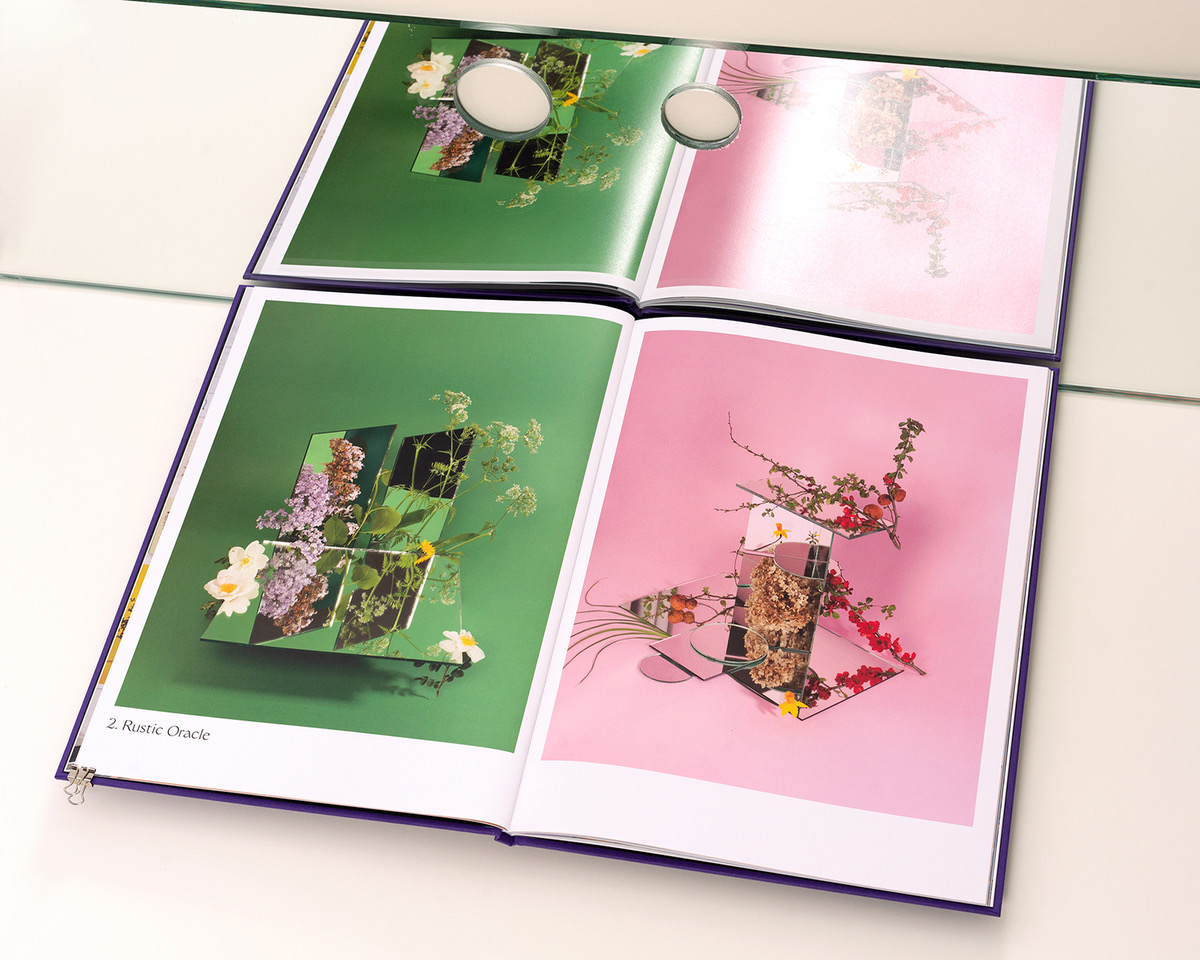

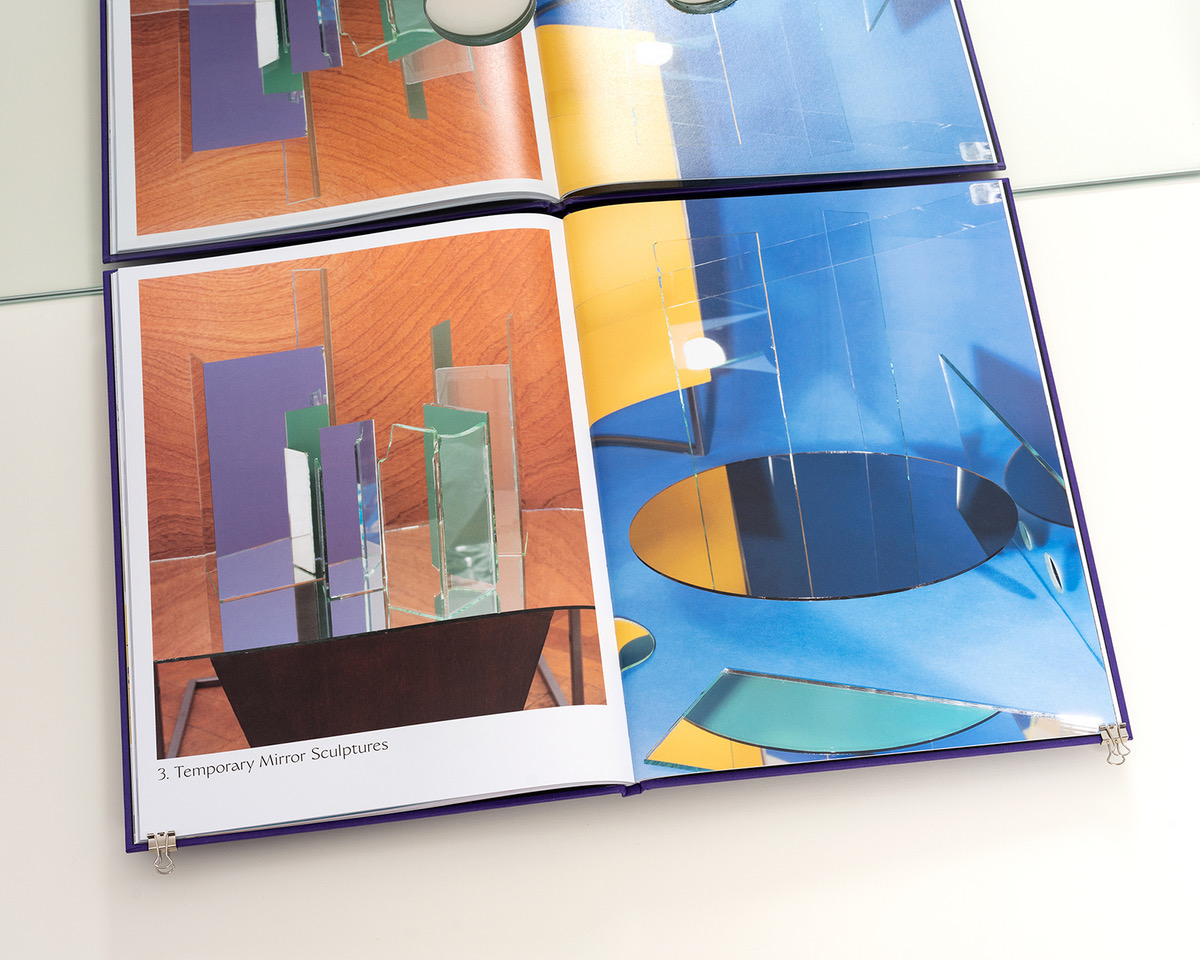

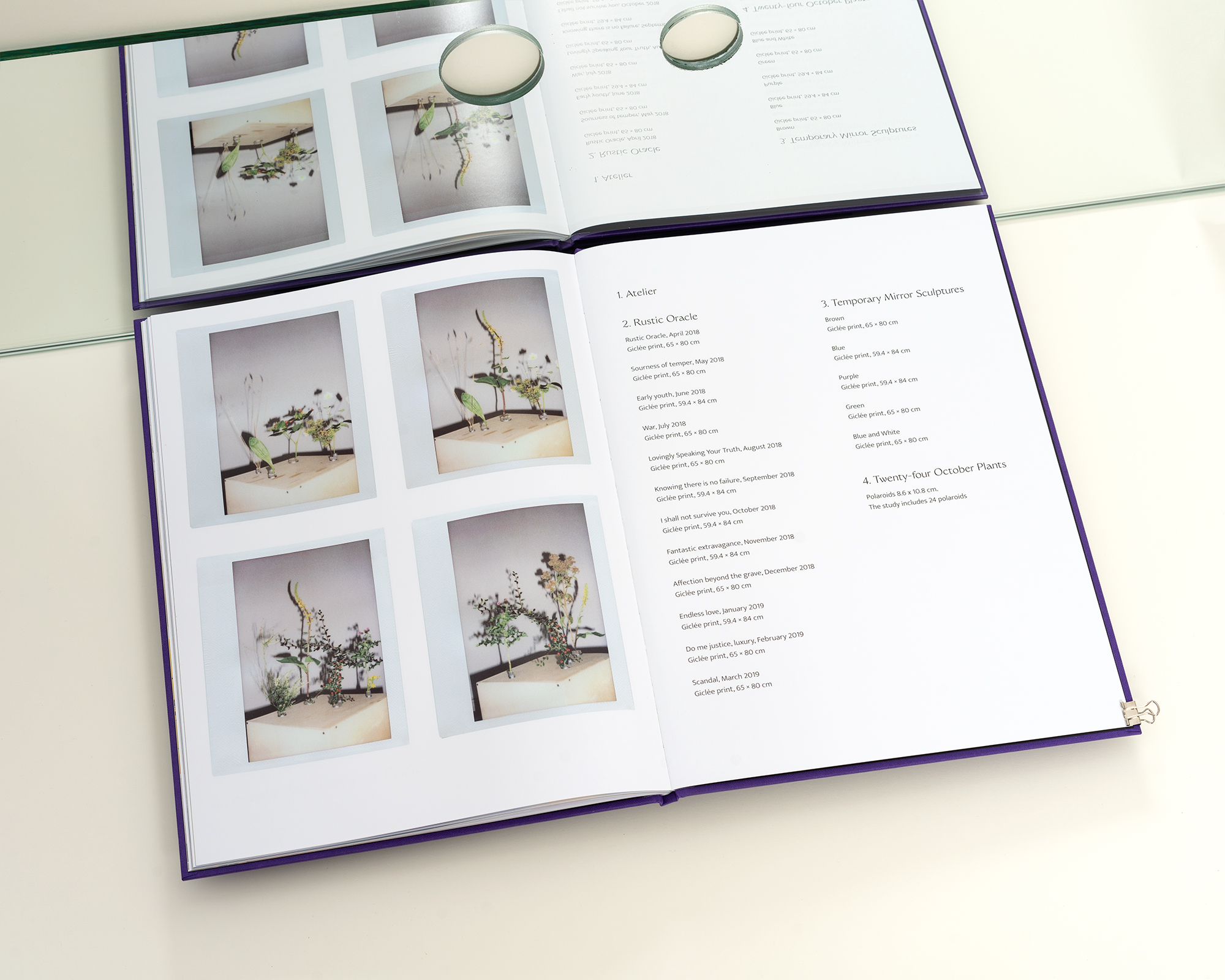

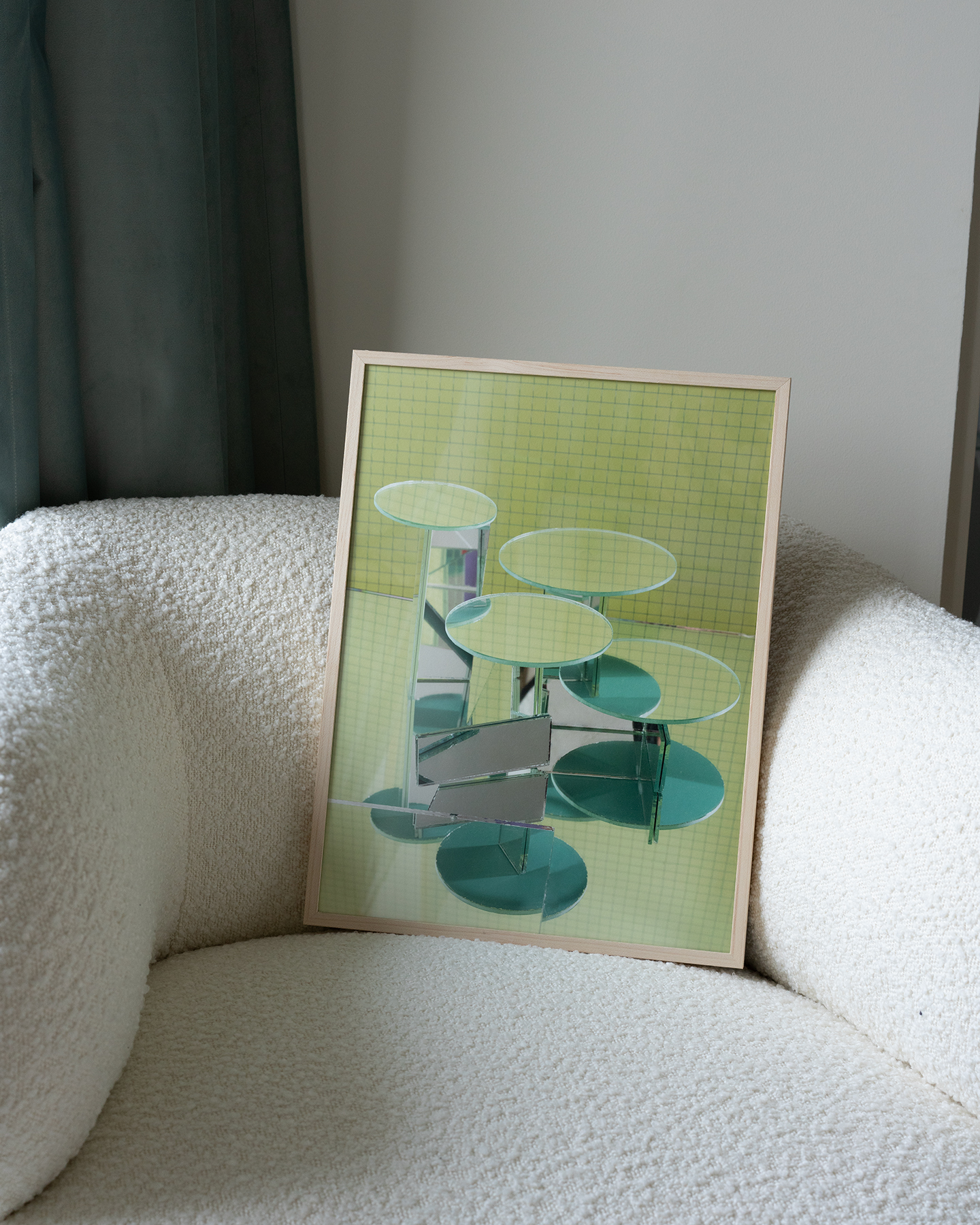

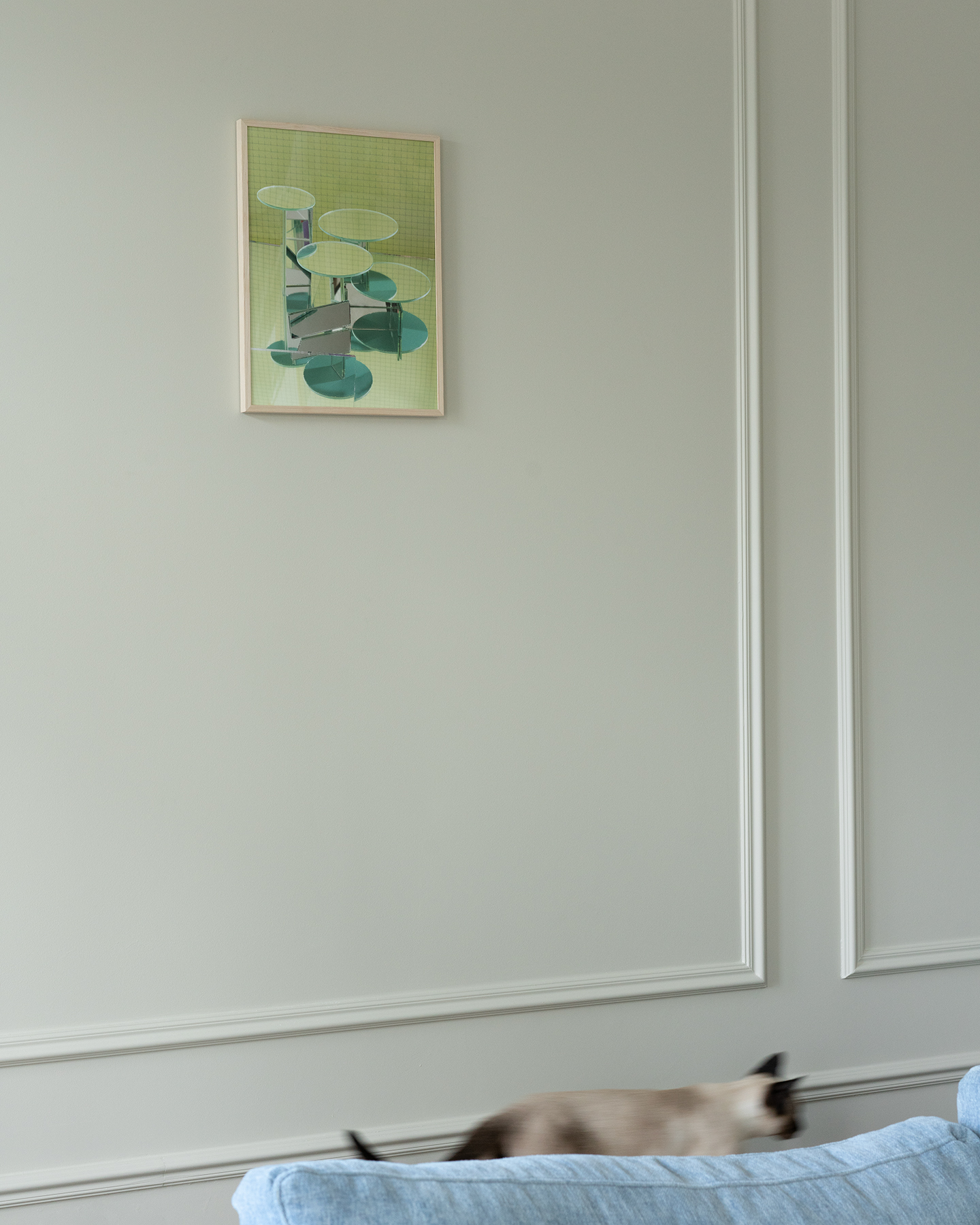

Temporary Mirror Sculptures: Green, Private Collection, 2023, Amsterdam
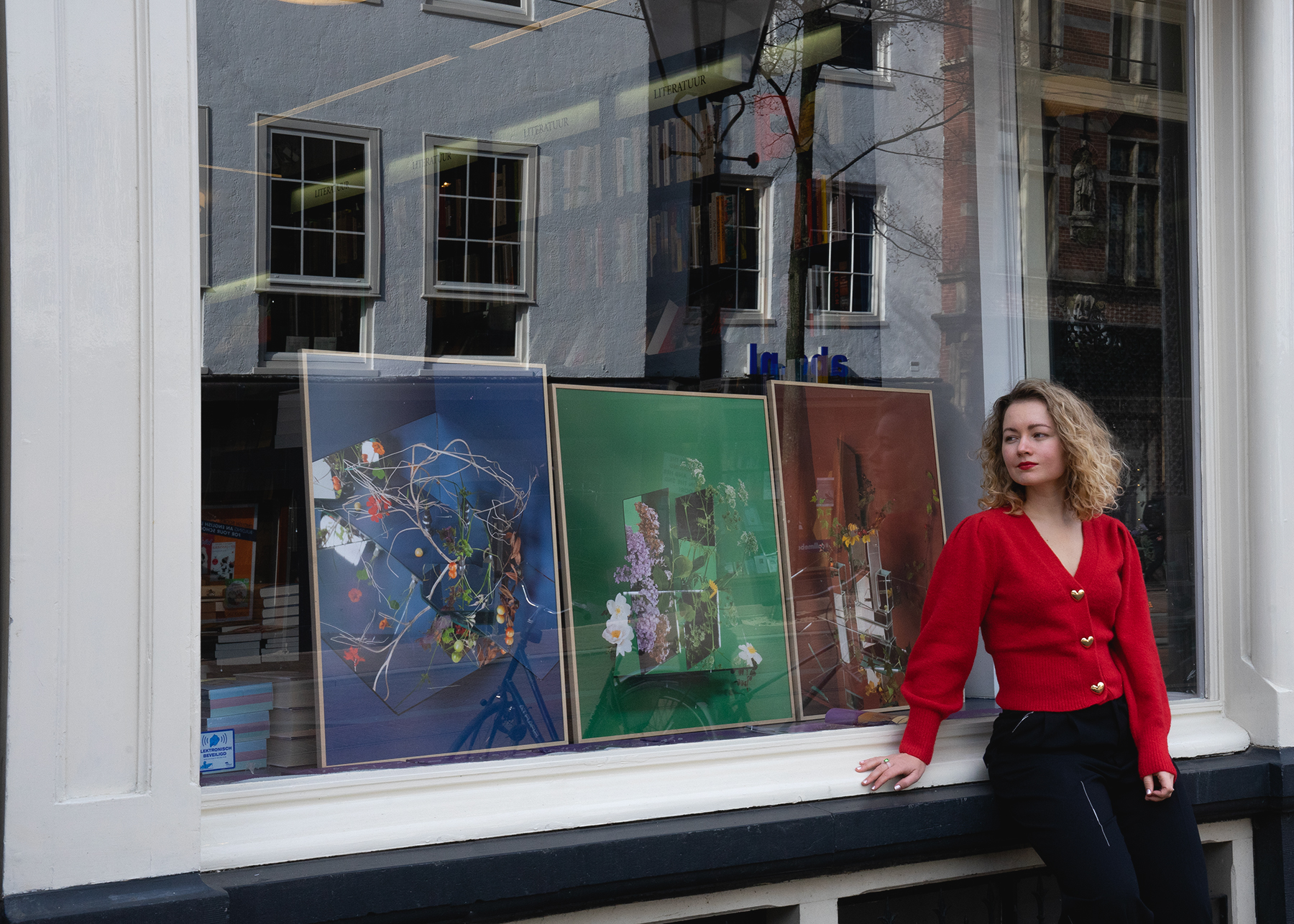

Hortus, Installation view, Athenaeum bookstore, 2022, Amsterdam
...
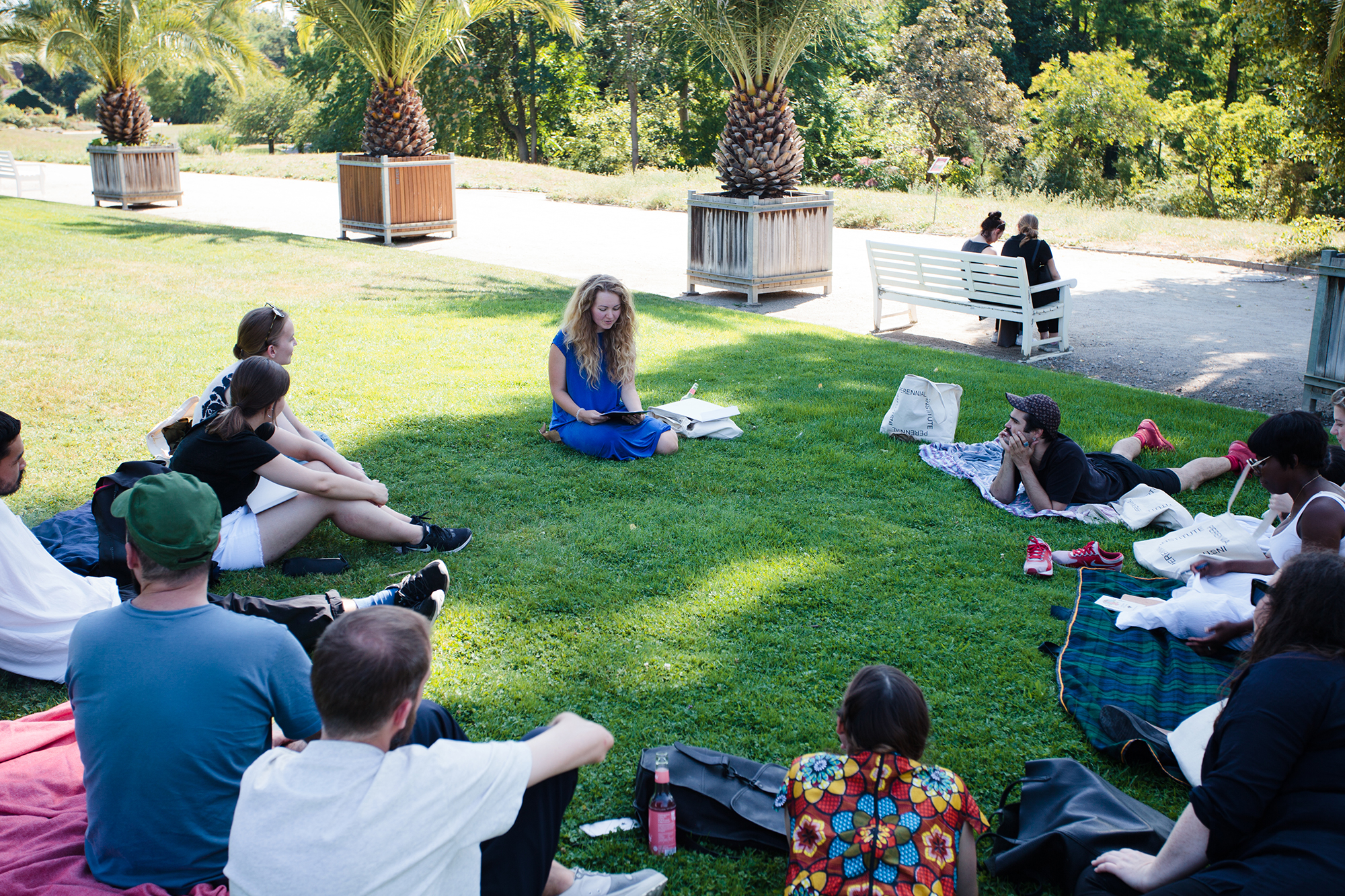

Lecture - performance: 'Floriography', 2018, The Perennial Institute, Berlin
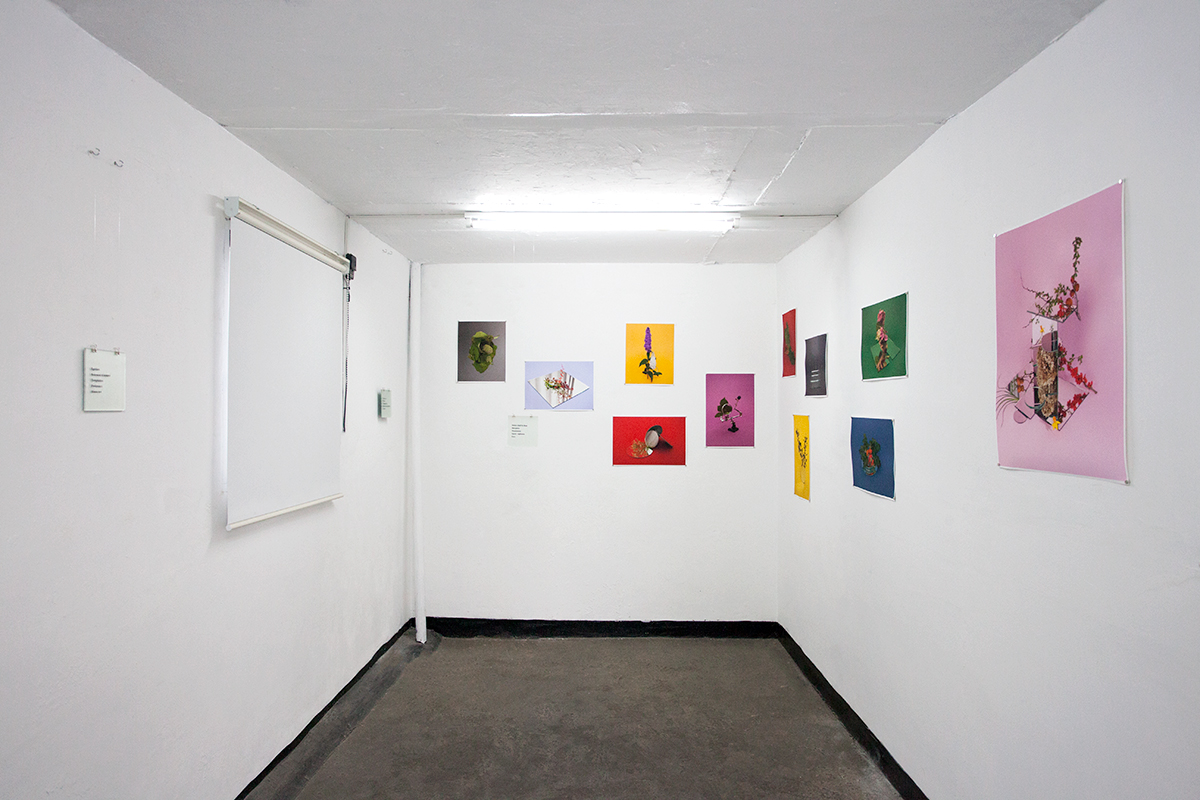

Installation view, 'Hortus', 2018, Twoffice gallery, Seoul, KR
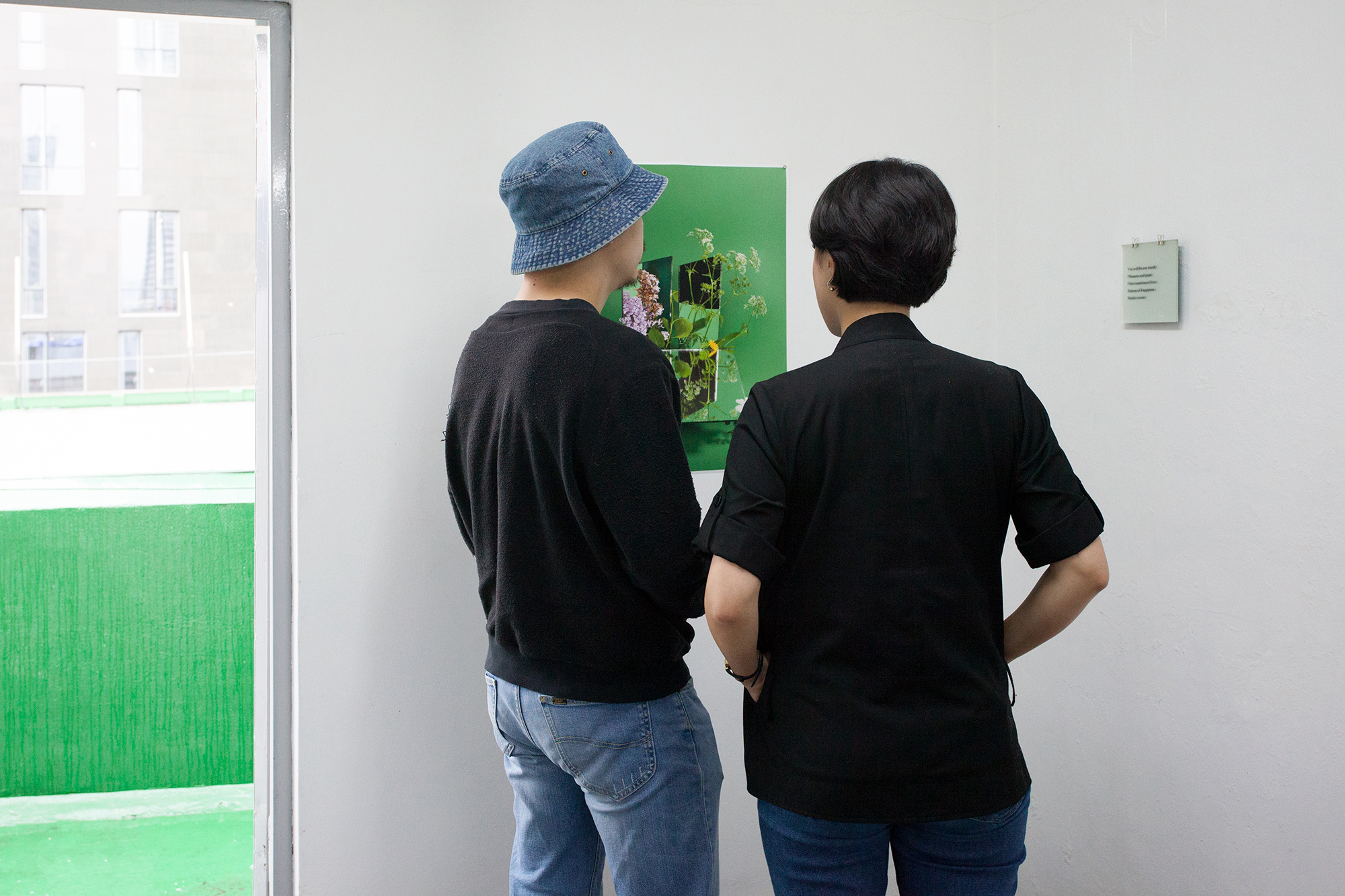

Installation view, 'Hortus', 2018, Twoffice gallery, Seoul, KR
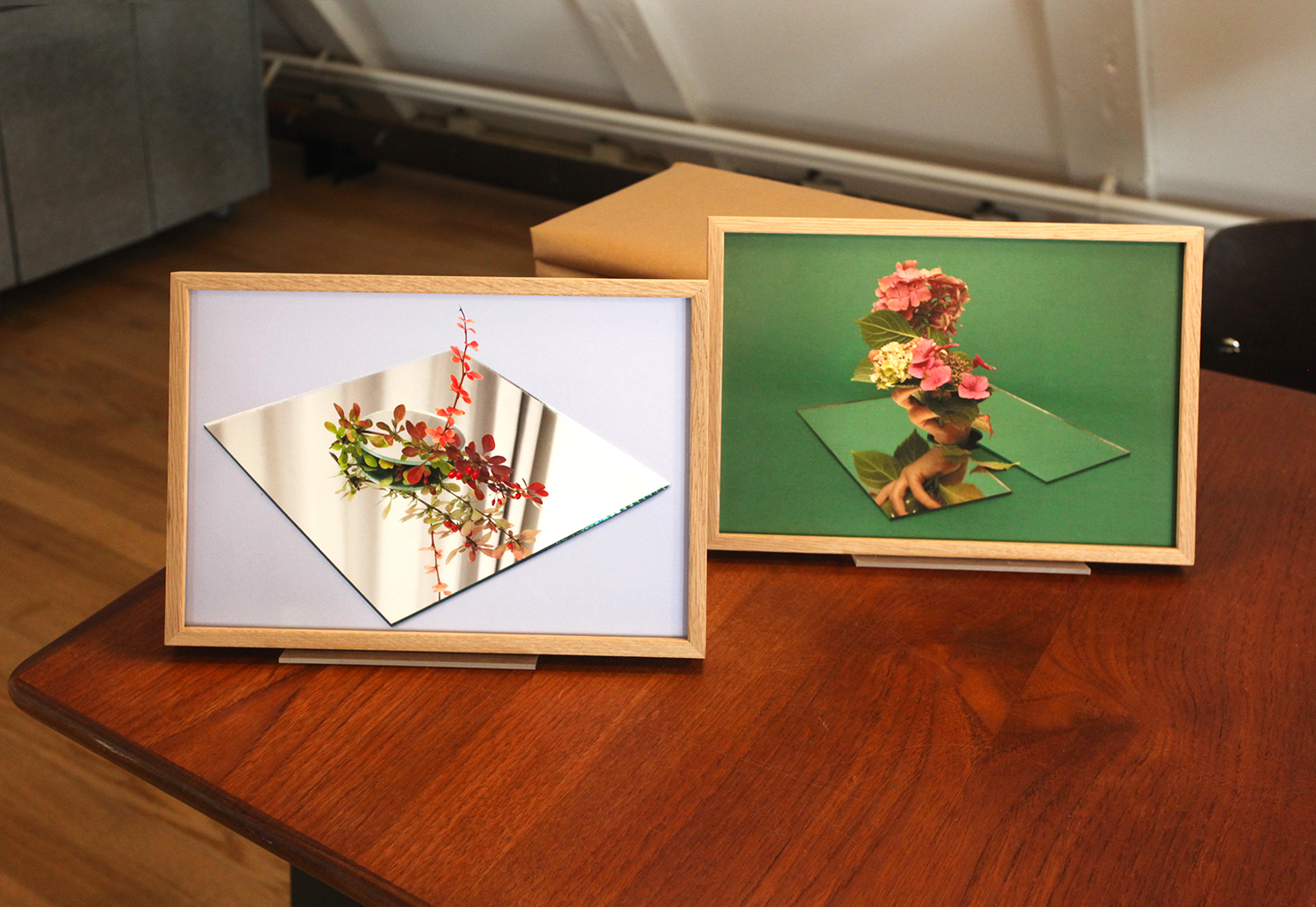

'Sharpness', 'A Boaster', 2018 from Hortus project. Inkjet print, 20,9 x 29cm
Installation view, Foam Editions gallery, Amsterdam, NL
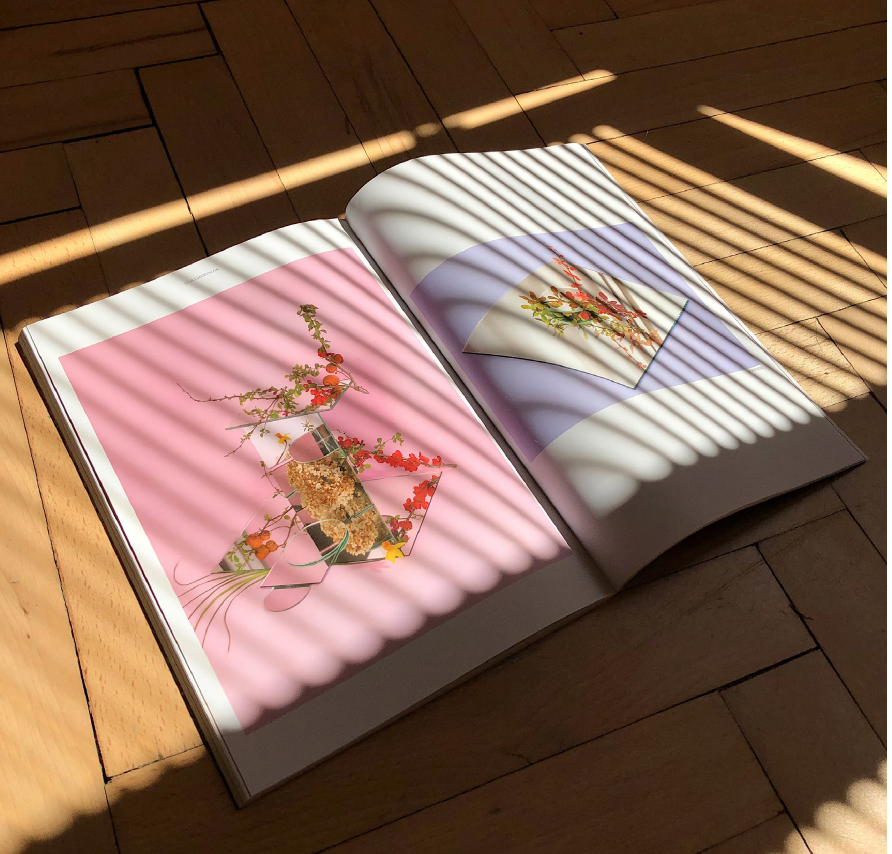

Blink Magazine, Nr 53, 2019, Seoul, KR

